Are you looking for orange things? Here’s a visual list of things that are orange in nature.
Orange, the color of hope and joy, is a mix of red and yellow. That is why it borrows from the energy of red and the happiness of yellow.
As a result, we’ve compiled a comprehensive list of things that are orange and free of anthropogenic influences.
In this article, we will discuss orange things in nature, such as plants, foods, and animals.
What is Associated With Orange?
Orange, the color of sunshine, is associated with enthusiasm, optimism, emotion, and youth. The color orange has meanings related to joy, warmth, heat, happiness, fun, and enjoyment.
It also symbolizes freedom, determination, encouragement, and change.
It is a color often associated with good health because the naturally orange things are rich in powerful antioxidants such as beta-carotene. This natural pigment makes fruits and vegetable orange.
A Visual List of Things That Are Orange
Below is a list of orange things with pictures, including gemstones, plants, foods, and animals that are naturally orange.
Orange Things
Amber
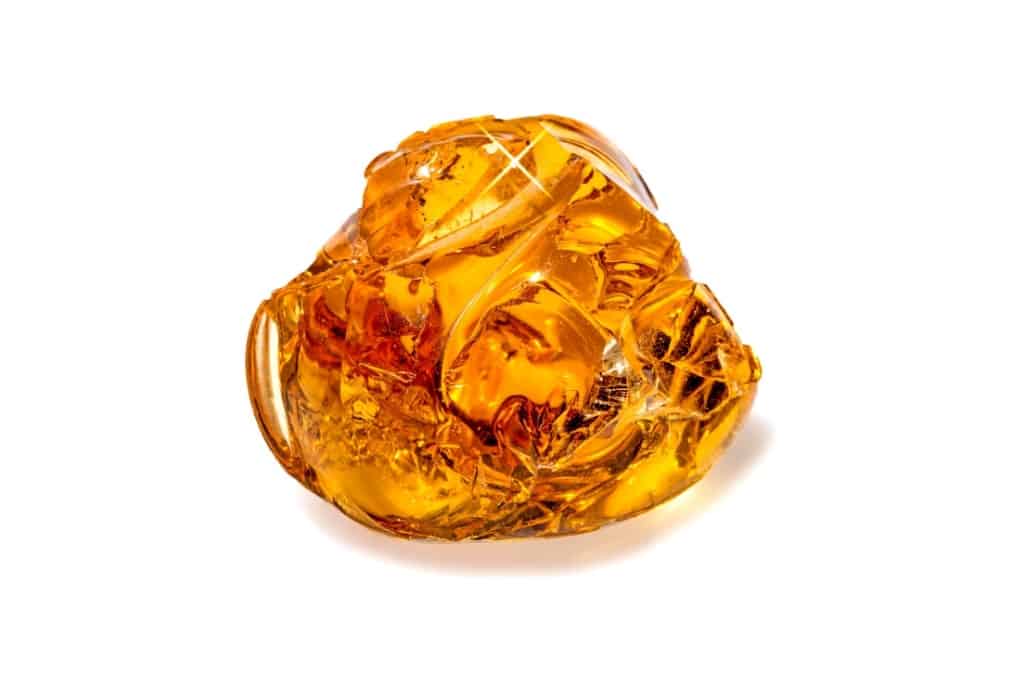
Amber: A rare organic gemstone, amber is made from fossilized tree resin from an extinct conifer species and can cost between $20 and $40000 per carat.
This dark yellow to orange gemstone was formed by a species of conifer that dates back more than 30 million years. Amber is said to absorb negative energies and calm and relax the mind.
Sunset
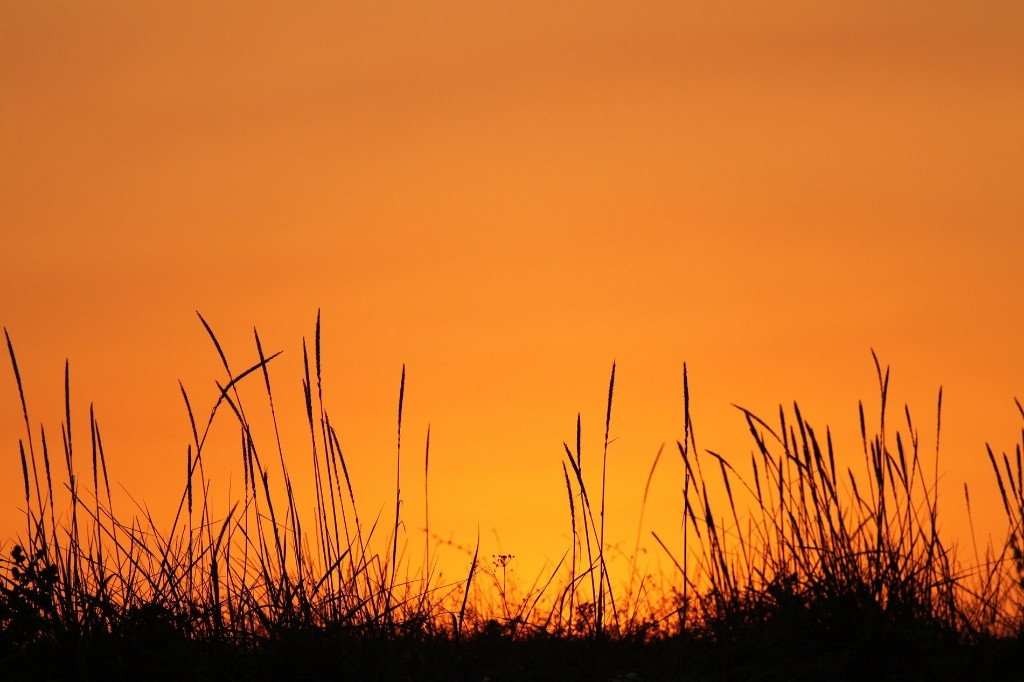
Sunset: Rayleigh scattering is responsible for the orange color of sunsets. Because the path between the sun and us is so long at sunset, there are many more molecules scattering light with a shorter wavelength.
As a result, blue and violet light scatter, and only red, and orange hues with the longest wavelengths reach us.
Spessartine Garnet
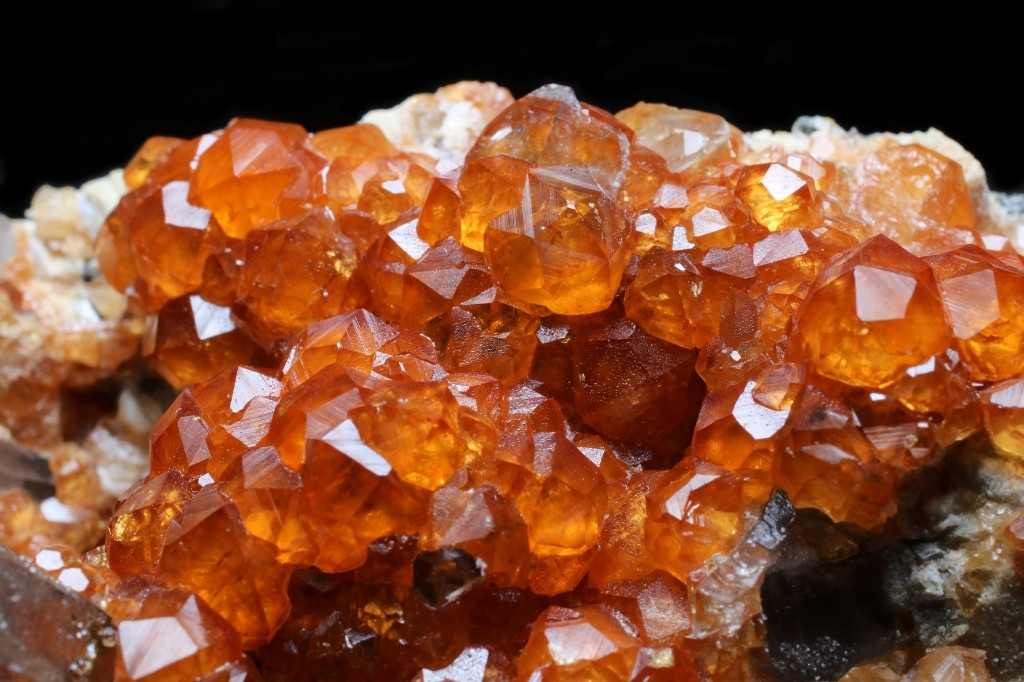
Spessartine Garnet: A relatively rare mineral known as Mandarin garnet, spessartine garnet is an orange-yellow mineral.
It is native to Madagascar and comes in hues ranging from pale orange to bright reddish orange. Depending on size, this orange gemstone costs between $1,000 and $2,000 per carat.
Orange Fluorite
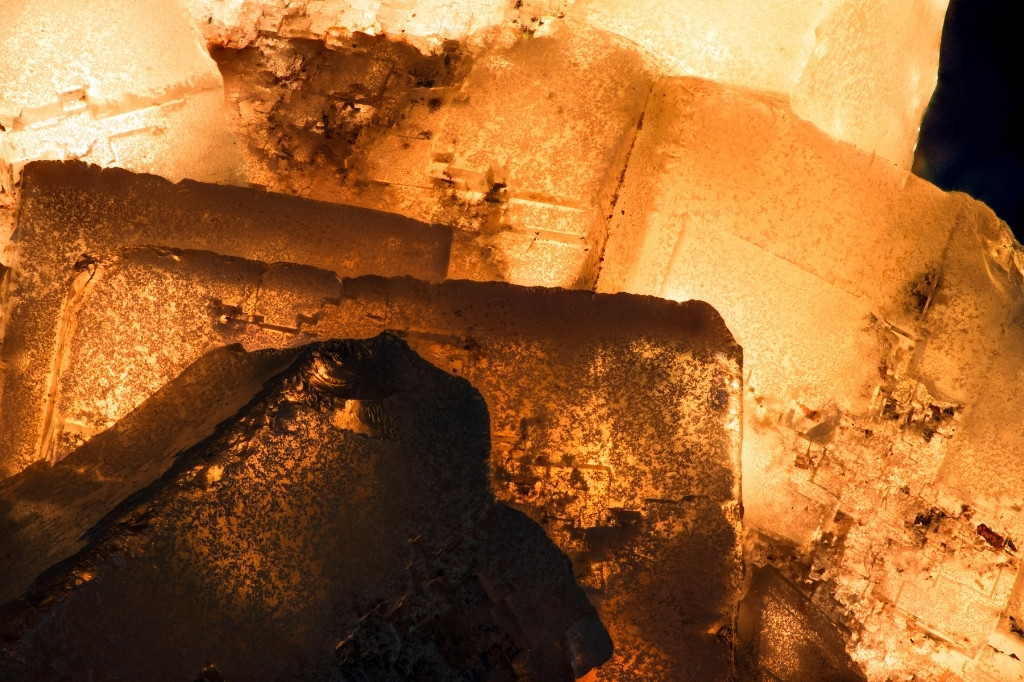
Orange Fluorite: One of the rarest fluorite colors is reddish orange. Orange Fluorite is a soft gemstone made of calcium fluoride.
Carnelian
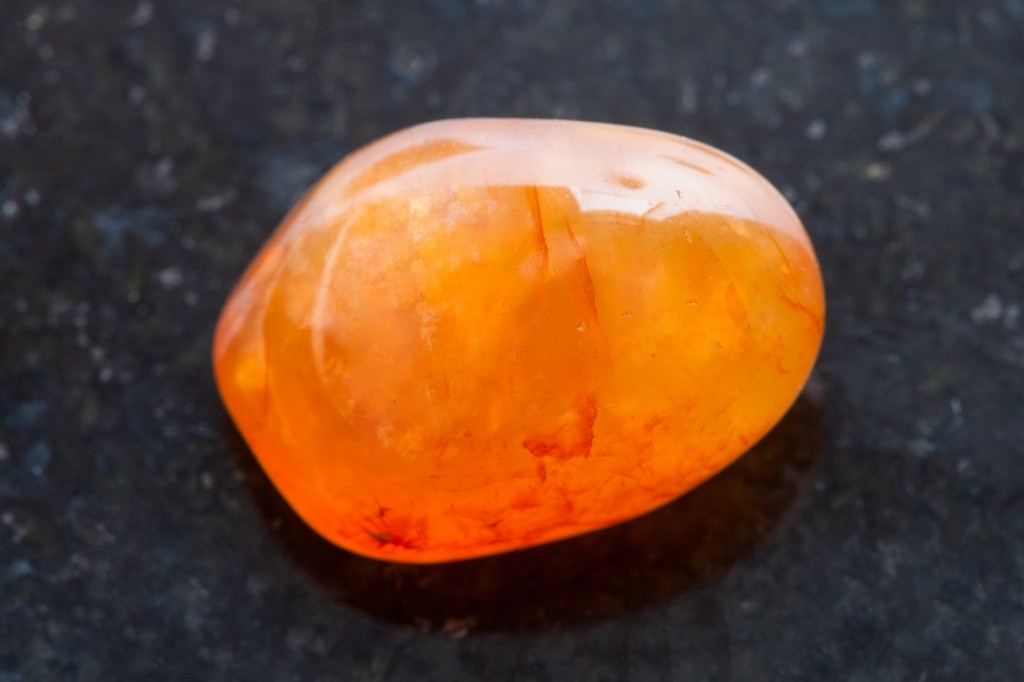
Carnelian: Semi-precious mineral carnelian can be found in colors of red, orange, or amber. It is said to have healing properties for both the sacral and lower chakras.
Clinohumite
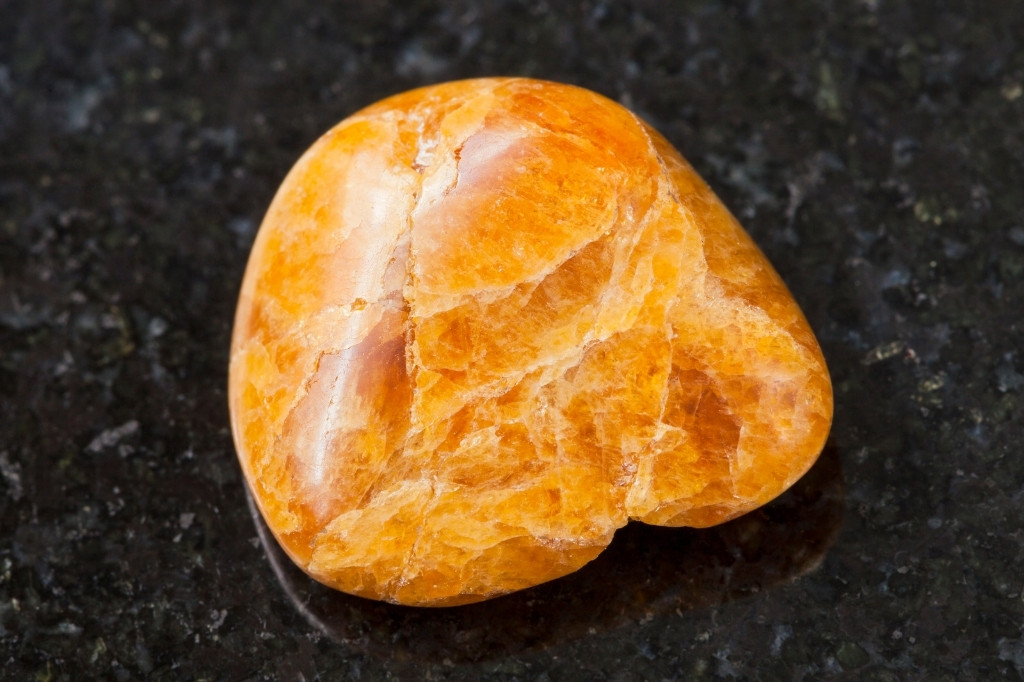
Clinohumite: Clinohumite is a humite mineral that appears as massive bands in dolomite rock. It has brownish-to-orange undertones.
Orange Calcite
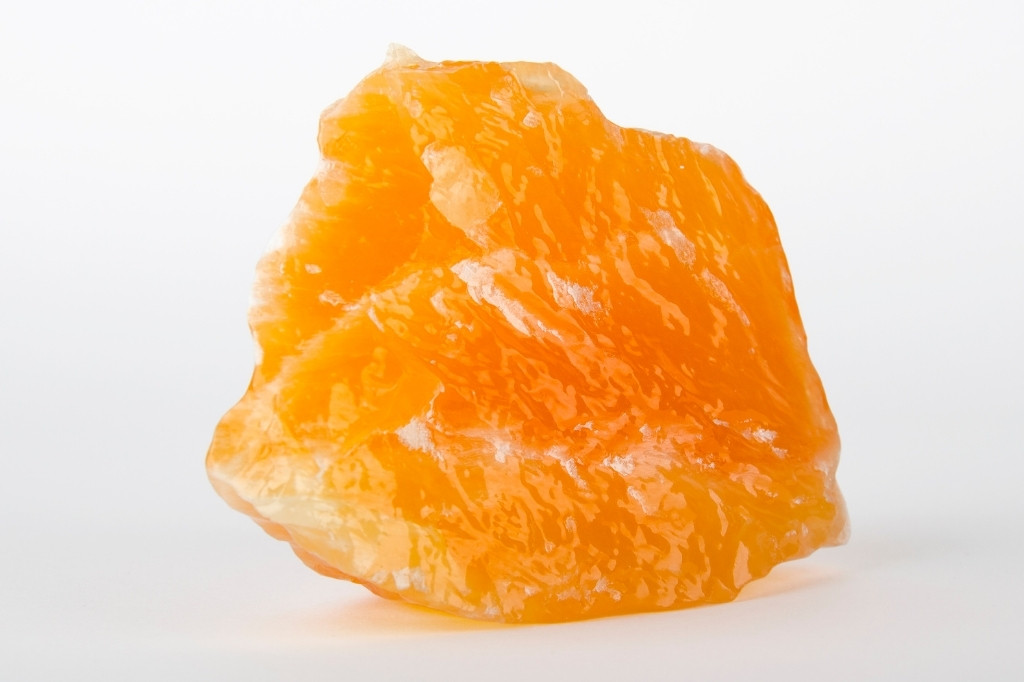
Orange Calcite: Orange Calcite is a rock-forming mineral and a common crystal. Orange calcite is thought to be the stone of creativity, as it is associated with the sacral chakra.
Ginger Hair

Ginger Hair: Red hair, also known as ginger or orange hair, is found in less than 2% of the world’s population. It is the most distinctive hair color.
Fire

Fire: The fire flames appear orange due to incomplete combustion of the fuel. Orange flames have a temperature range of 2,010 to 2,190 degrees Fahrenheit (1,090°C – 1,198°C).
Sunstone
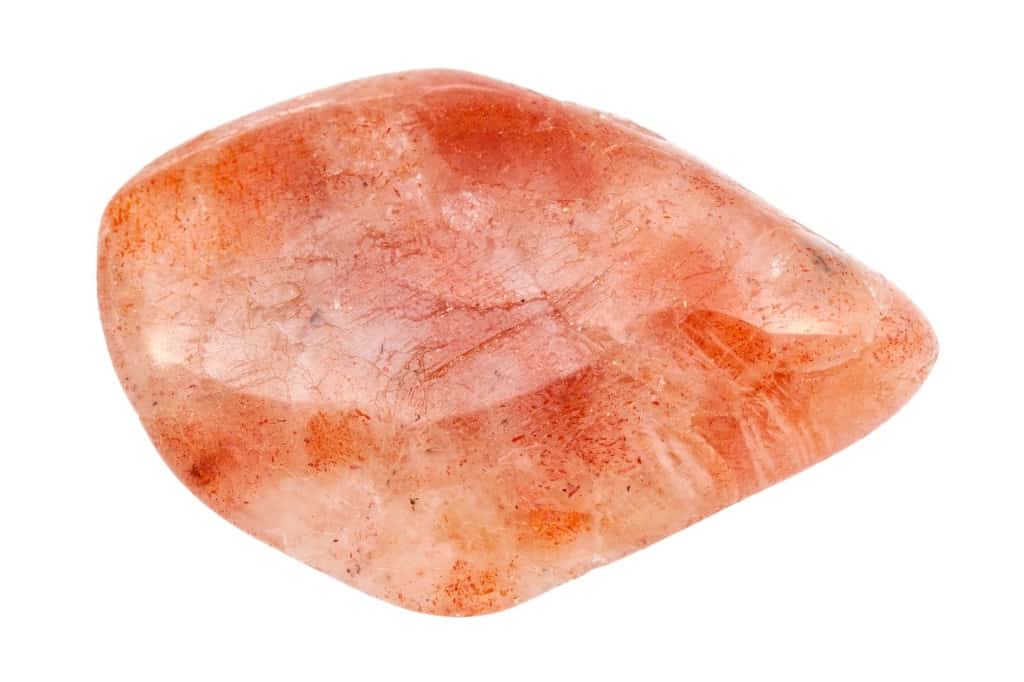
Sunstone: Also known as microcline feldspar, sunstone is a soft-looking mineral. Sunstone is thought to improve moods and provide emotional warmth.
Orange Plants
Chrysanthemum
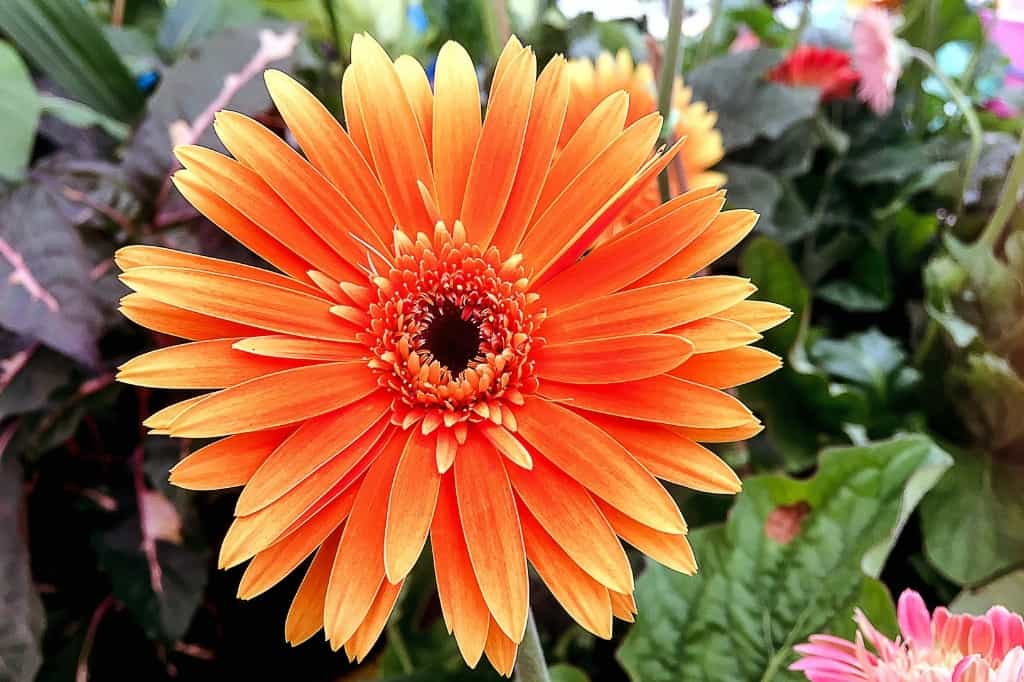
Chrysanthemum: Also known as autumn daisies, chrysanthemums are a type of flower whose name comes from Greek and means “golden flower.”
Chrysanthemums come in a variety of colors, with orange being the most cheerful and optimistic.
Autumn Leaves
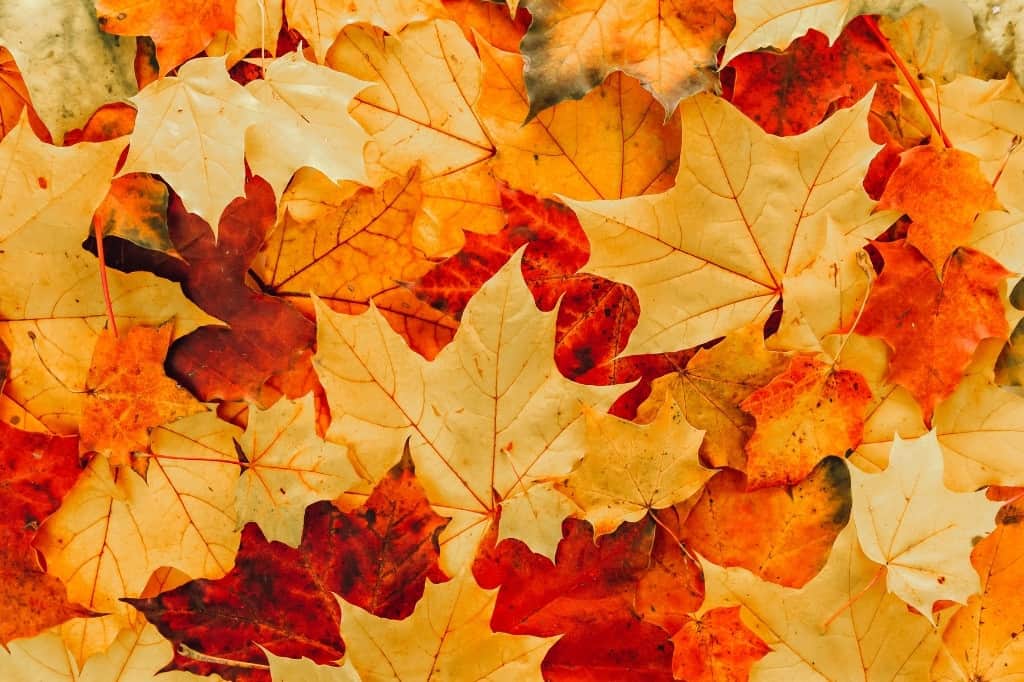
Autumn Leaves: As the weather cools, chlorophyll production decreases, causing leaves to turn orange.
Rose

Rose: Orange roses are hybrids created by combining red and orange. It is widely recognized as a symbol of emotion, warmth, and optimism.
Bird of Paradise
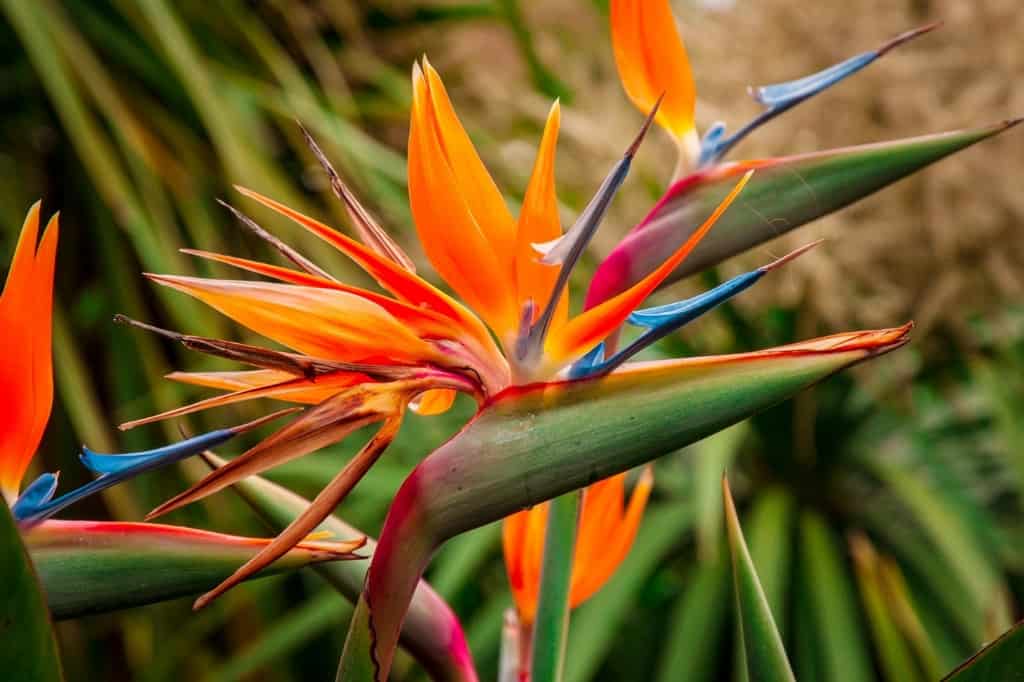
Bird of Paradise: Because of its striking orange and blue colors, this flower is associated with the bird of paradise.
Gerbera
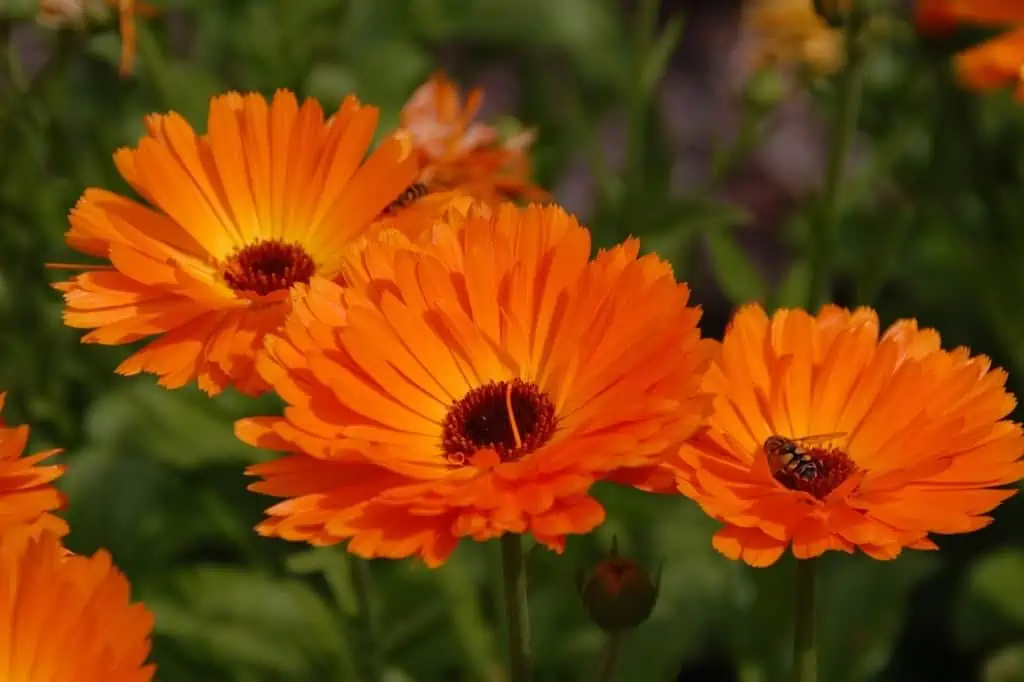
Gerbera: Gerberas are related to sunflowers and have brightly colored flowers. They come in a variety of colors, including orange.
Calendula

Calendula: A flowering plant with vibrant yellow and orange flowers. Since ancient times, the calendula flowers have been used for medicinal and culinary purposes.
They are said to contain compounds with anti-inflammatory and anti-fungal properties.
Dahlia
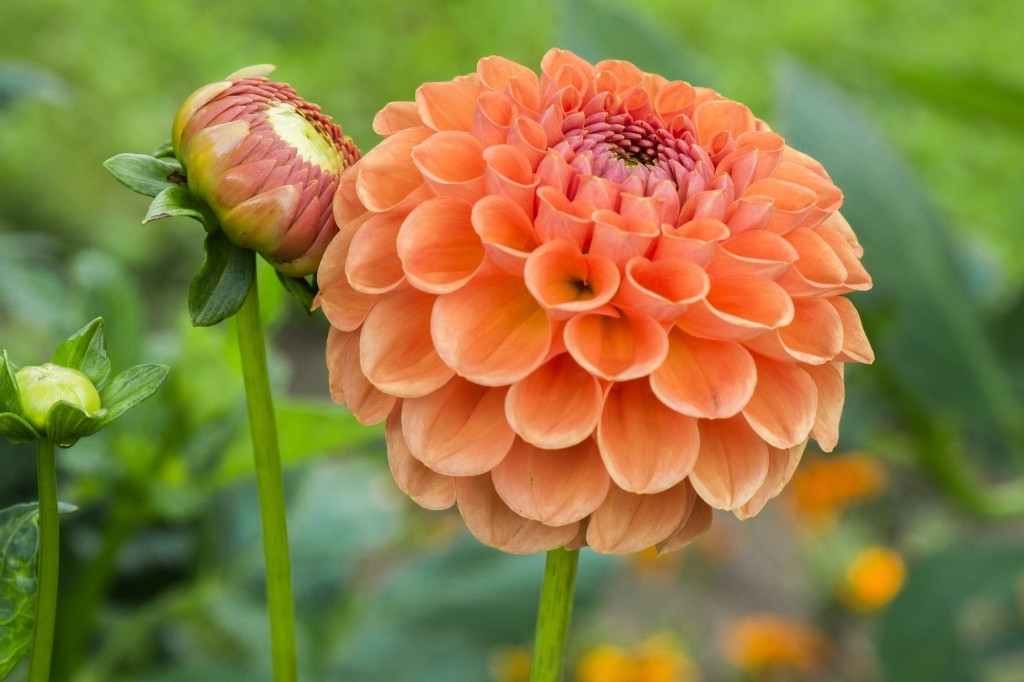
Dahlia: Dahlias are a genus of perennial, tuberous plants native to Central America and Mexico. It is a popular flower that blooms from mid-summer to early winter and is known for its bright colors.
Orange dahlias come in a variety of colors and flower shapes, such as peach pompons.
Orange Lantana Camara
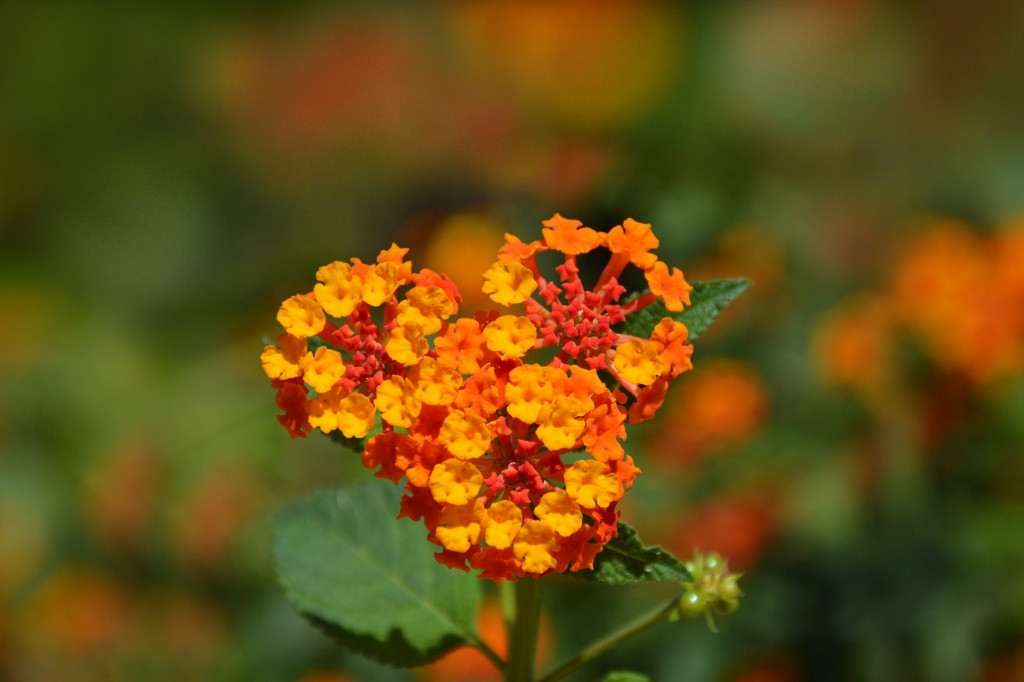
Orange Lantana Camara: Orange Lantana Camara is a flowering plant found in South America, Central America, and tropical Africa.
It’s a poisonous plant with multicolored flowers, including some that are orange. Allergies can be triggered simply by touching the leaves.
Ranunculus Orange
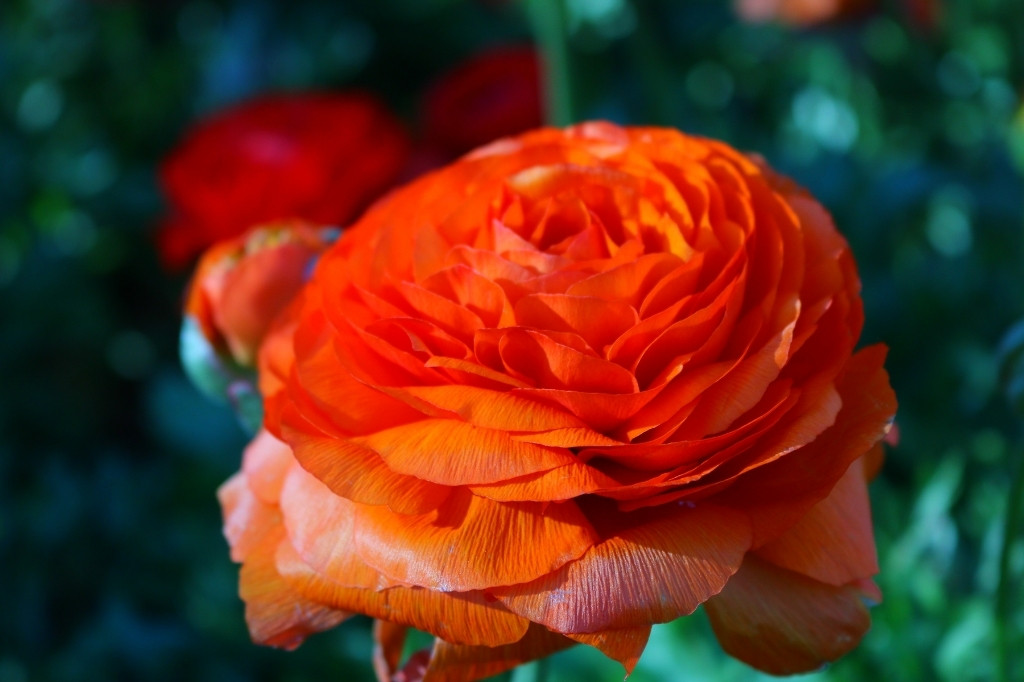
Ranunculus Orange: A perennial plant, ranunculus orange produces stunning rose-like orange flowers.
Tithonia
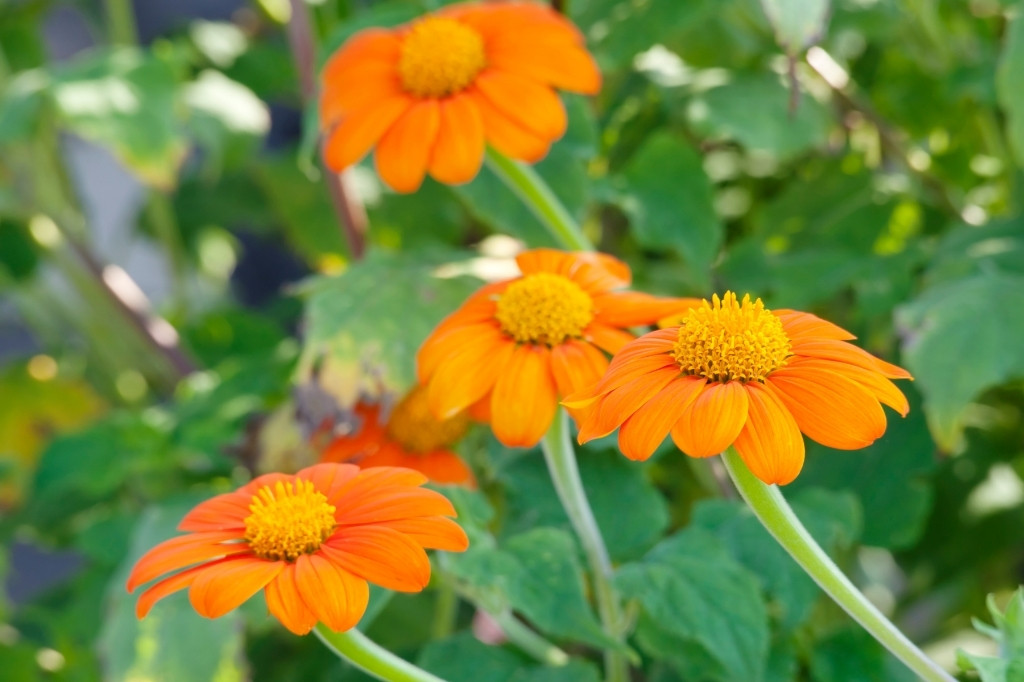
Tithonia: Tithonia is an annual flowering plant native to Mexico and Central America, with daisy-like flowers ranging from bright orange to red.
Begonia
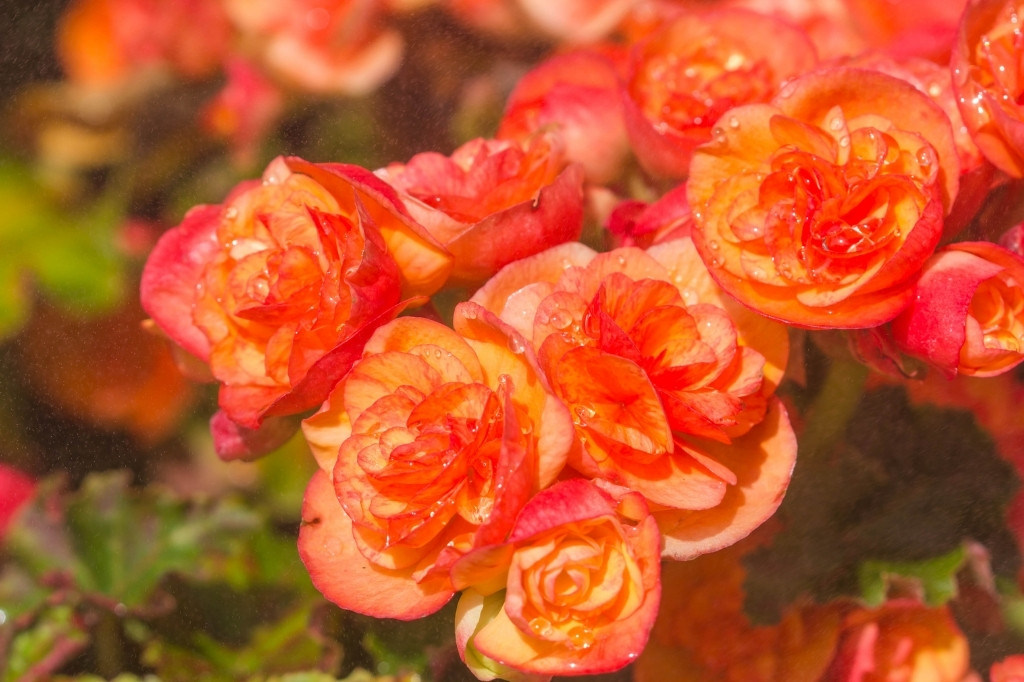
Begonia: A genus of herbaceous perennial flowering plants in the Begoniaceae family, begonia is a popular houseplant. It is indigenous to Mexico, Brazil, and China.
The colors of the flowers range from deep red to orange or yellow.
Marigold
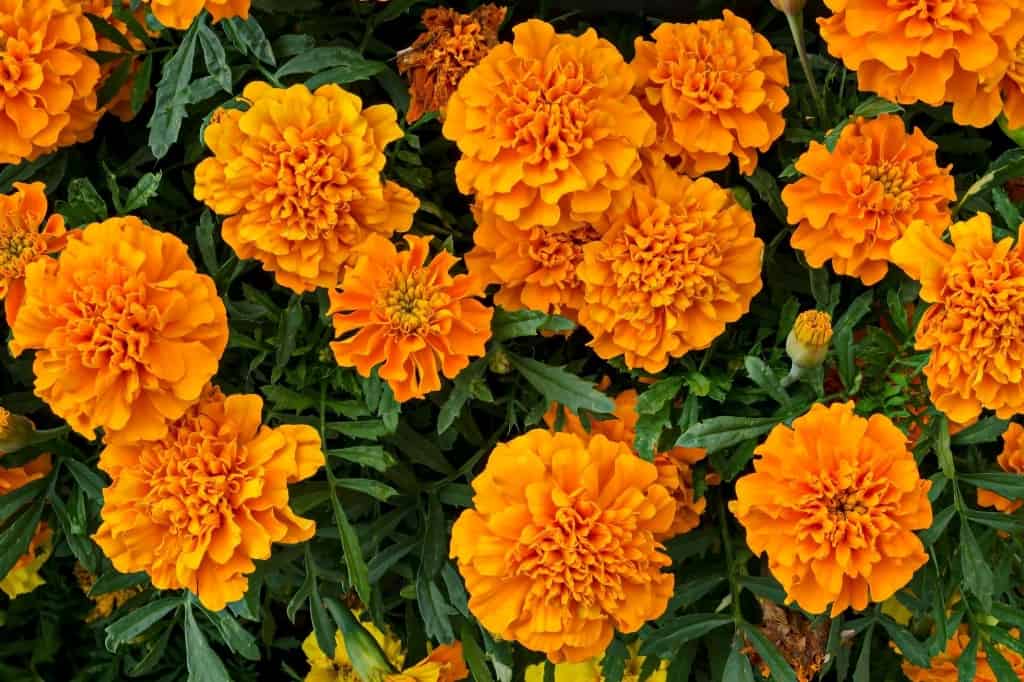
Marigold: Its bright orange flowers bloom from early spring to early autumn. The flowers are also a good source of lutein, a carotenoid pigment.
California Poppy
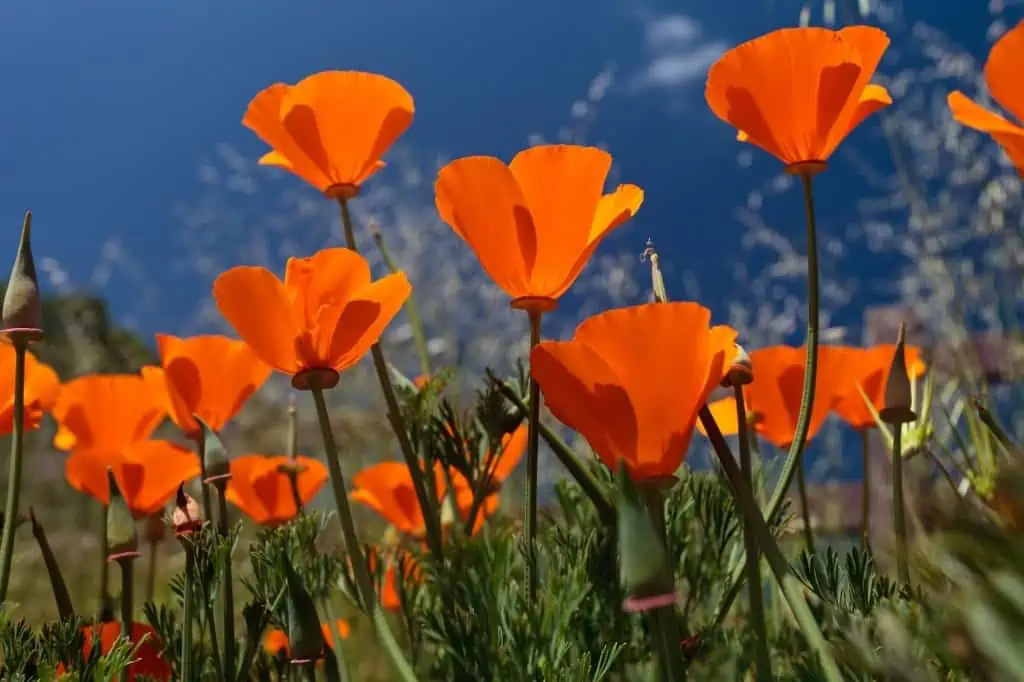
California Poppy: Grows in grassy areas up to 6,500 feet in elevation (2,000 meters).
Tulip
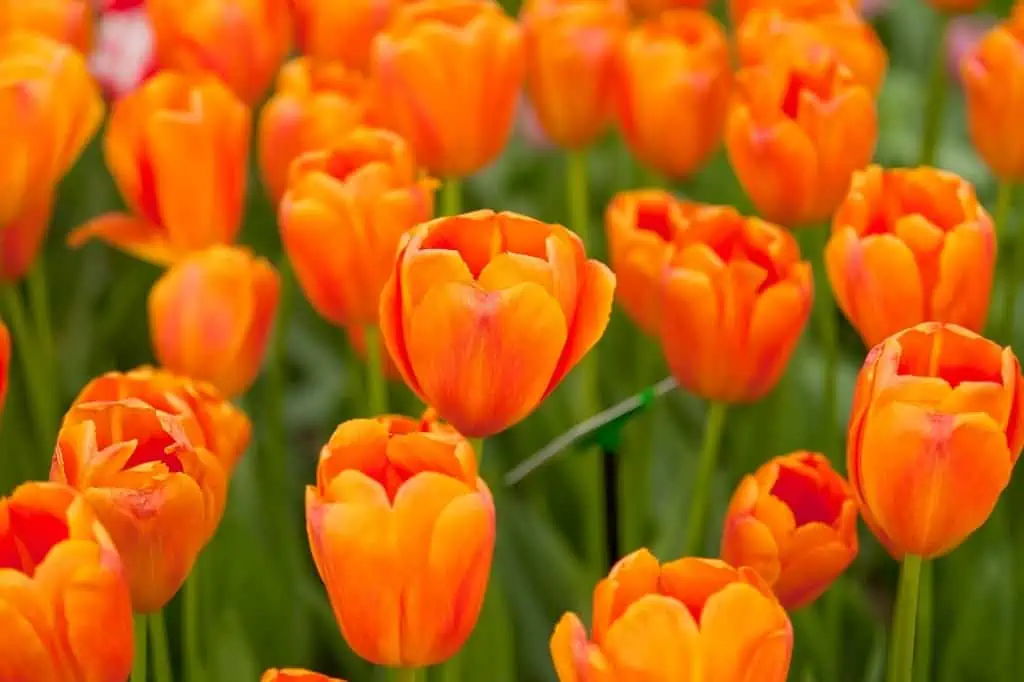
Tulip: Orange tulips are among the most beautiful tulips and are associated with appreciation and understanding. Orange tulips are real and come in numerous varieties.
Zinnia
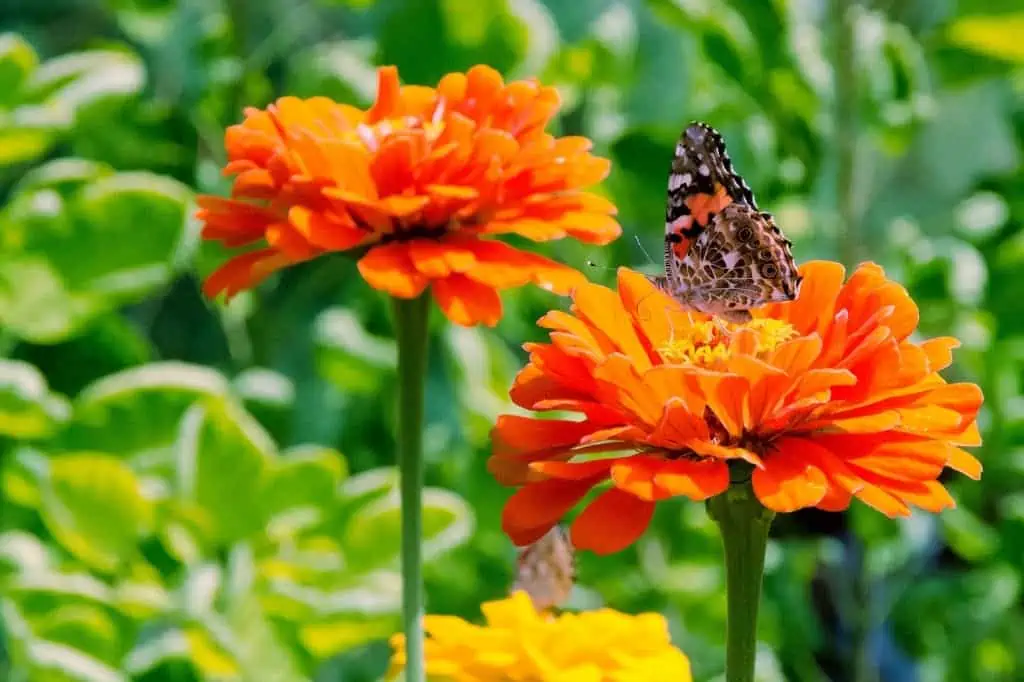
Zinnia: Also known as ‘Queeny Orange,’ this flowering plant has double flowers with stunning coral orange petals.
Orange Peel Fungus
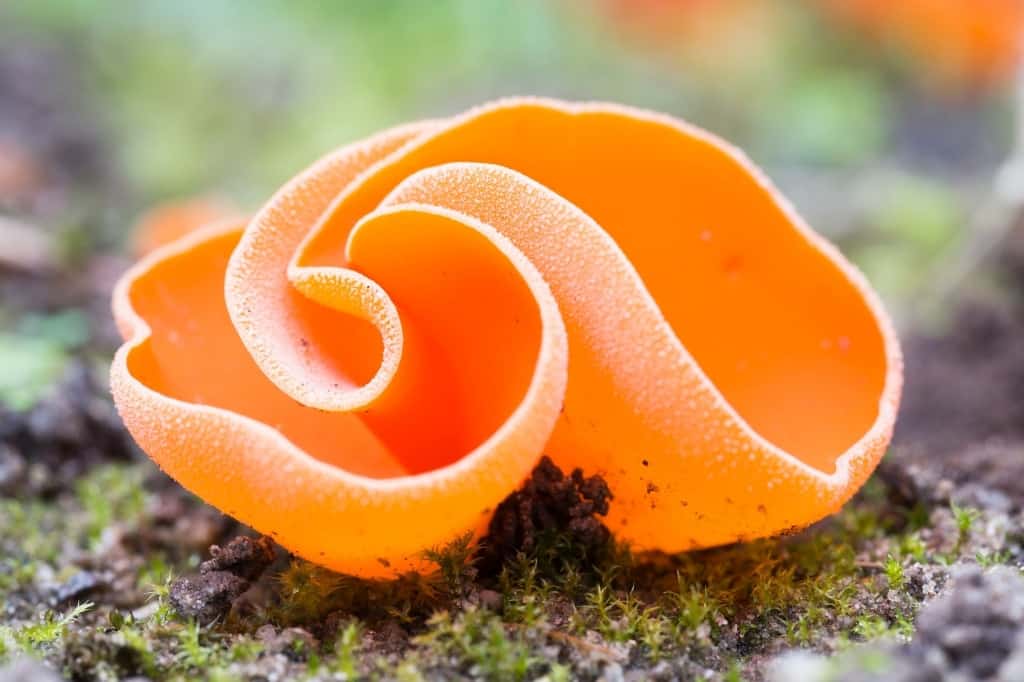
Orange Peel Fungus: Also known as Aleuria aurantia, orange peel fungus is an edible mushroom with a sheet of thin vivid orange flesh.
Orange Alstroemeria
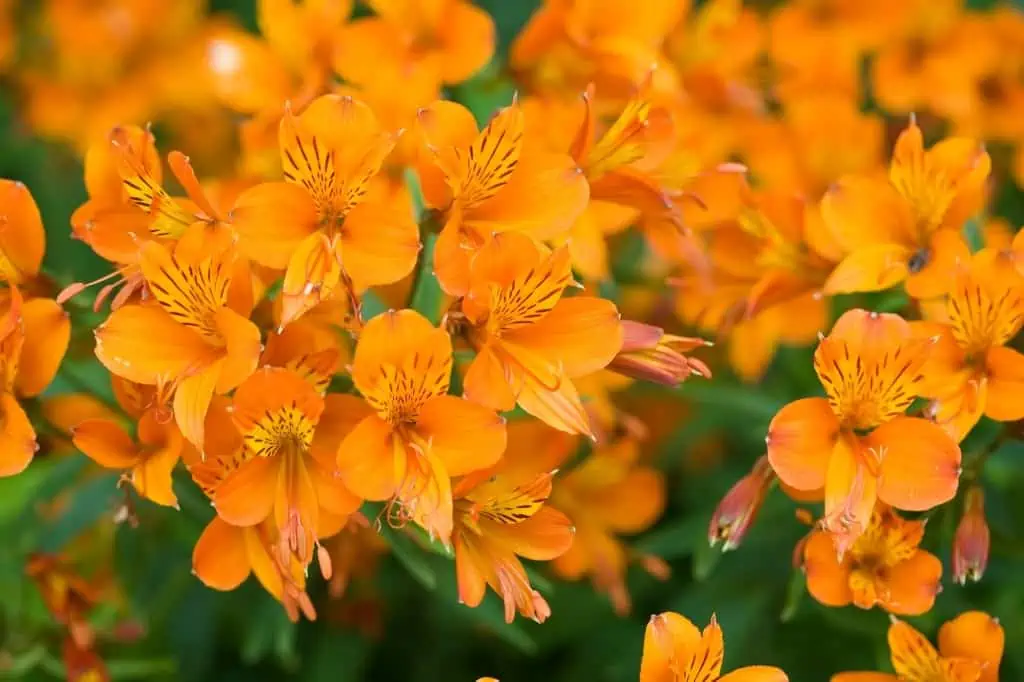
Orange Alstroemeria: The orange alstroemeria is a trumpet-shaped flower with 4-6 pretty blooms on each stem. They are related to the various lily varieties.
Orange Lily

Orange Lily: An herbaceous European perennial, the orange lily is one of the most beautiful orange flowers, blooming in early summer.
Its brilliant flowers are wide open, and the color gradient in the petal tips runs from orange to red.
Pansy
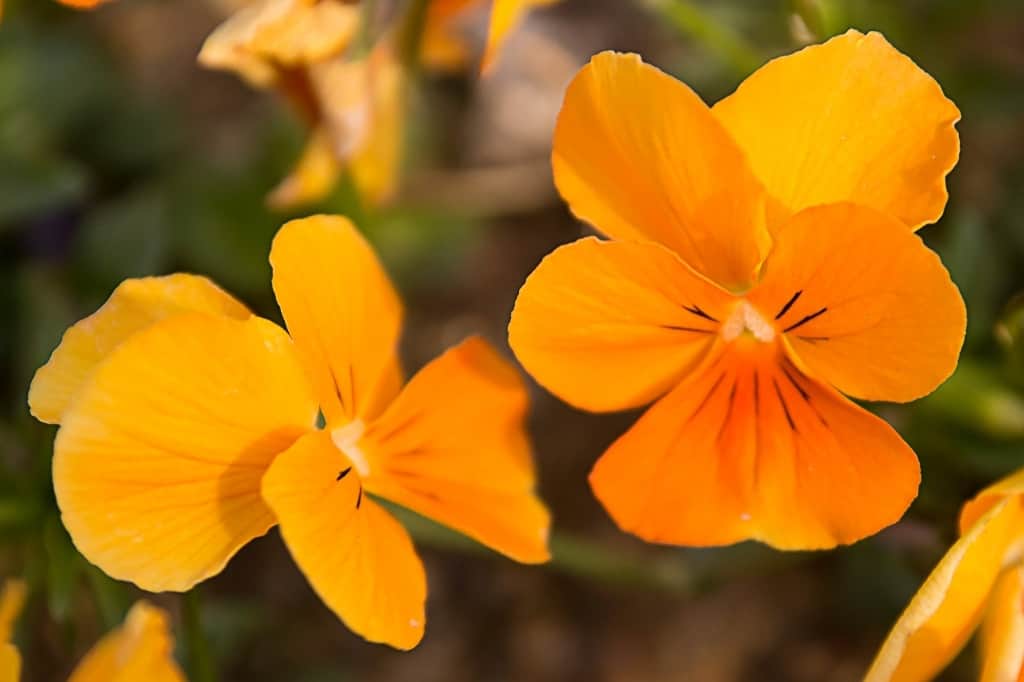
Pansy: Orange pansies have extra-large flowers on strong stems and more flowers per plant than other species.
Its bright orange flowers create an eye-catching landscape.
Orange Bulbine
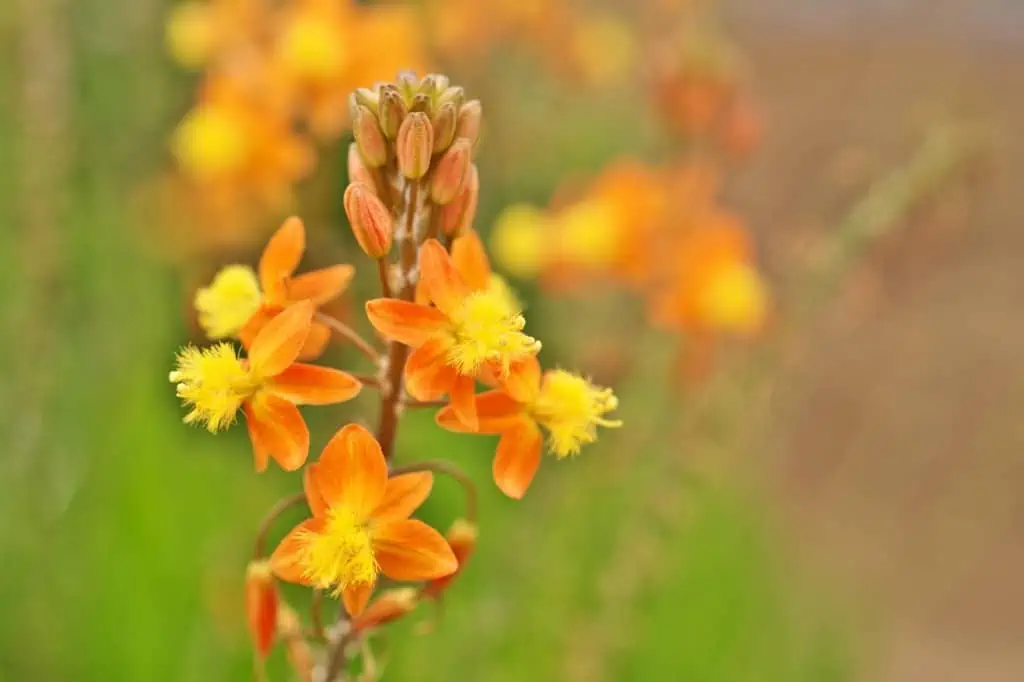
Orange Bulbine: The orange bulbine is a small succulent perennial native to South Africa. This plant has dense rosettes of fleshy green leaves and pale yellow or orange flowers.
Orange Foods
Apricot
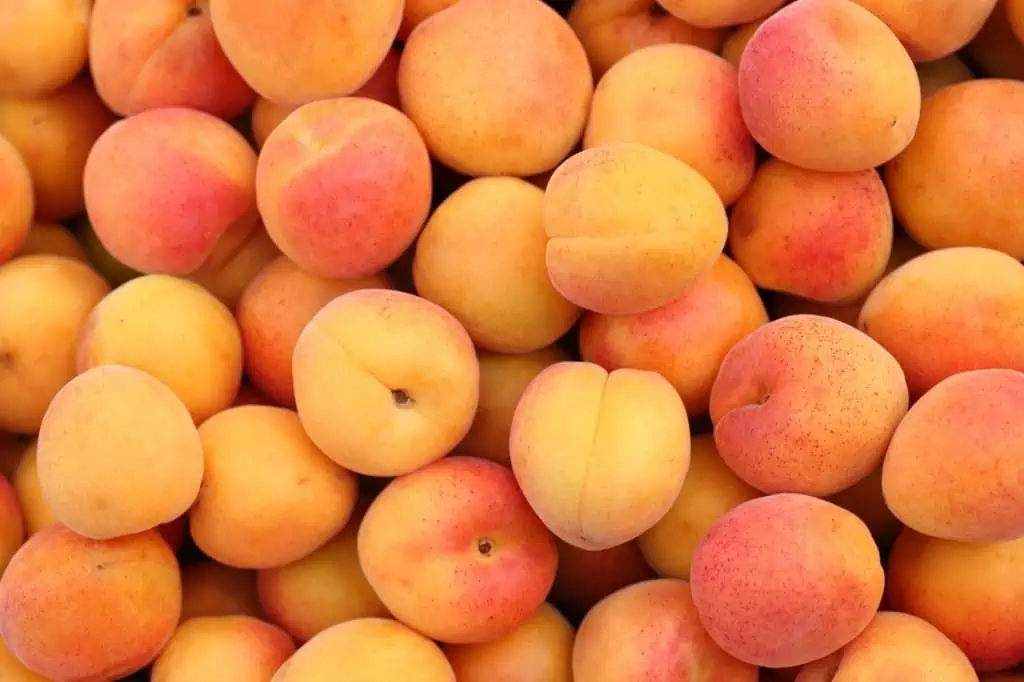
Apricot: A fragrant orange fruit, apricots are related to peaches, plums, and cherries. If you’re attentive, they even taste like peaches.
They have juicy orange-yellow flesh with a large seed inside. Apricots are high in beta-carotene and vitamin A.
Peach

Peach: A delicious, juicy, meaty stone fruit with a glossy skin, the peach is another interesting orange thing. They contain a lot of minerals, antioxidants, and bioflavonoids.
Furthermore, they supply 15% of your daily vitamin C needs.
Orange

Orange: Oranges are technically a modified berry that is high in antioxidants and vitamin C. Orange fruits are typically older than the color orange.
Clementine
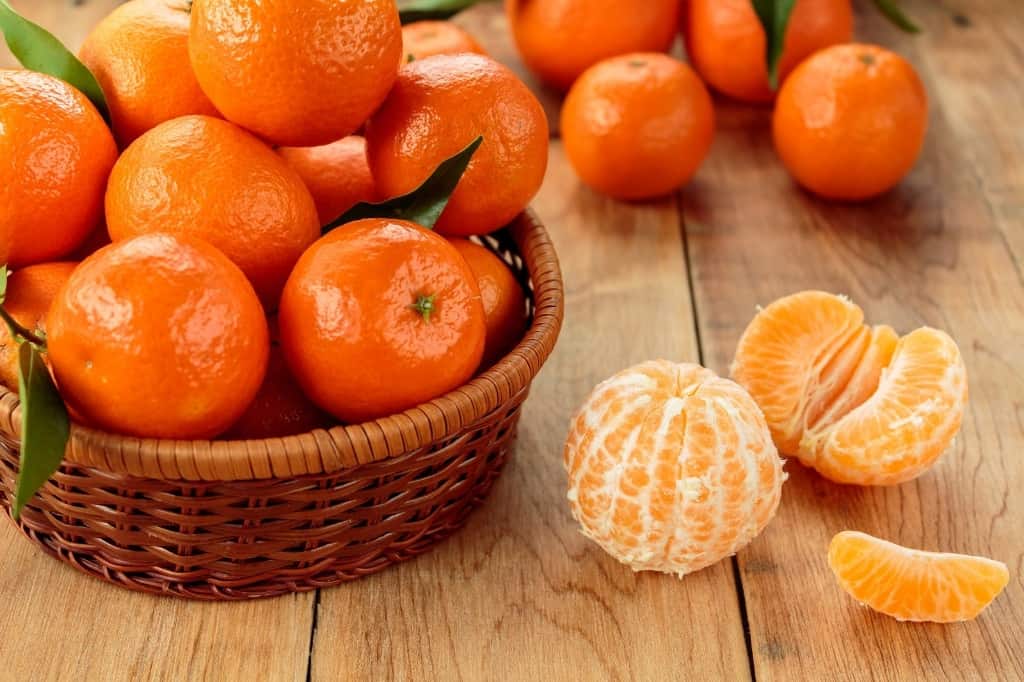
Clementine: A seedless orange citrus fruit that falls somewhere between a mandarin orange and a sweet orange, clementines are a great snack. They’re high in fiber and vitamin C.
Brother Clement, a French priest, was the first to cultivate them in 1902.
Tangerine
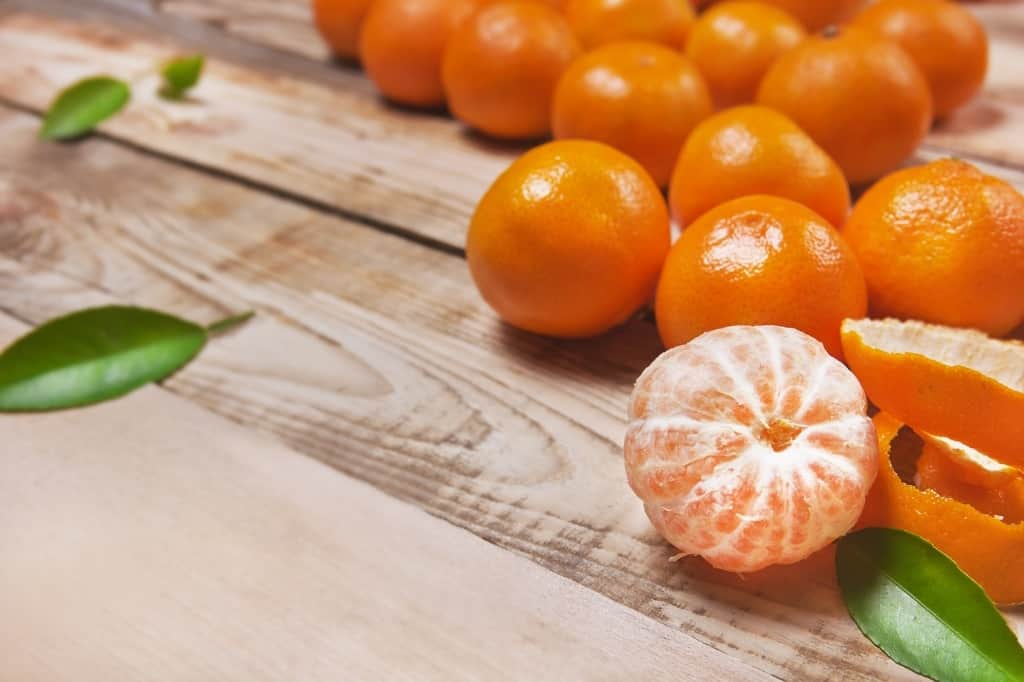
Tangerine: Tangerine citrus, a close relative of mandarins, is an orange fruit high in vitamin C, potassium, and a complex of B vitamins.
Papaya

Papaya: Known as the “fruit of angels” by Christopher Columbus, papaya is an exotic tropical fruit. Papaya, also known as papaws, is a delicious, vibrant orange fruit high in nutrients and antioxidants.
They are high in vitamins A, C, and E, which may help lower the risk of heart disease. In addition, when served as juice, it is one of the orange fruits that help prevent nausea.
Santol Fruit
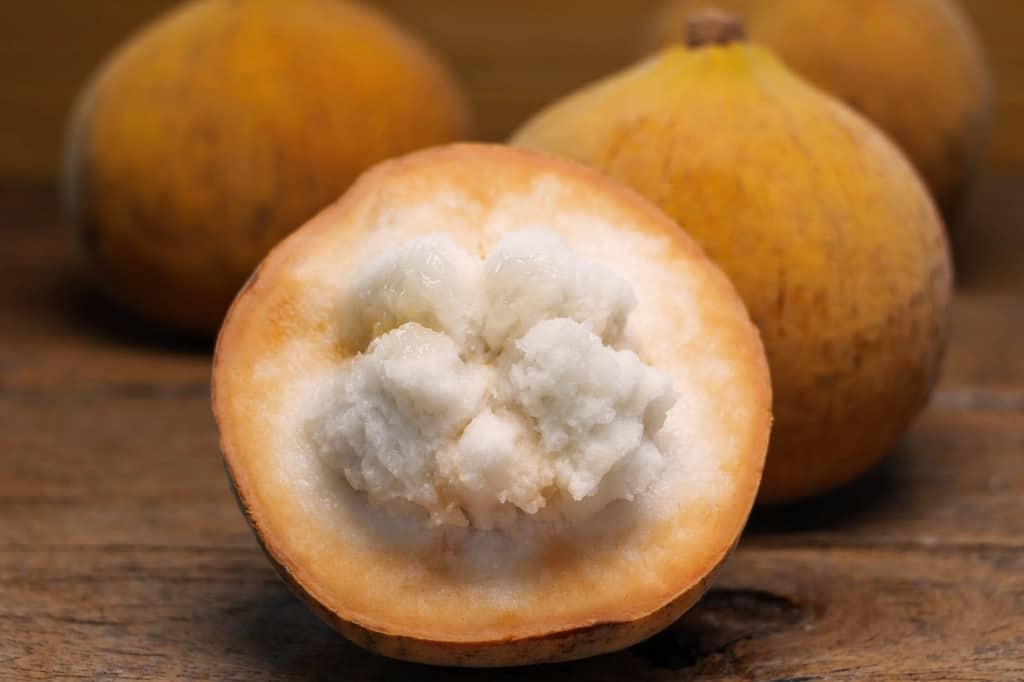
Santol Fruit: The orange santol fruit is a tropical fruit native to Malaysia (Southeast Asia), with white flesh and a sweet peach-like flavor.
Persimmon
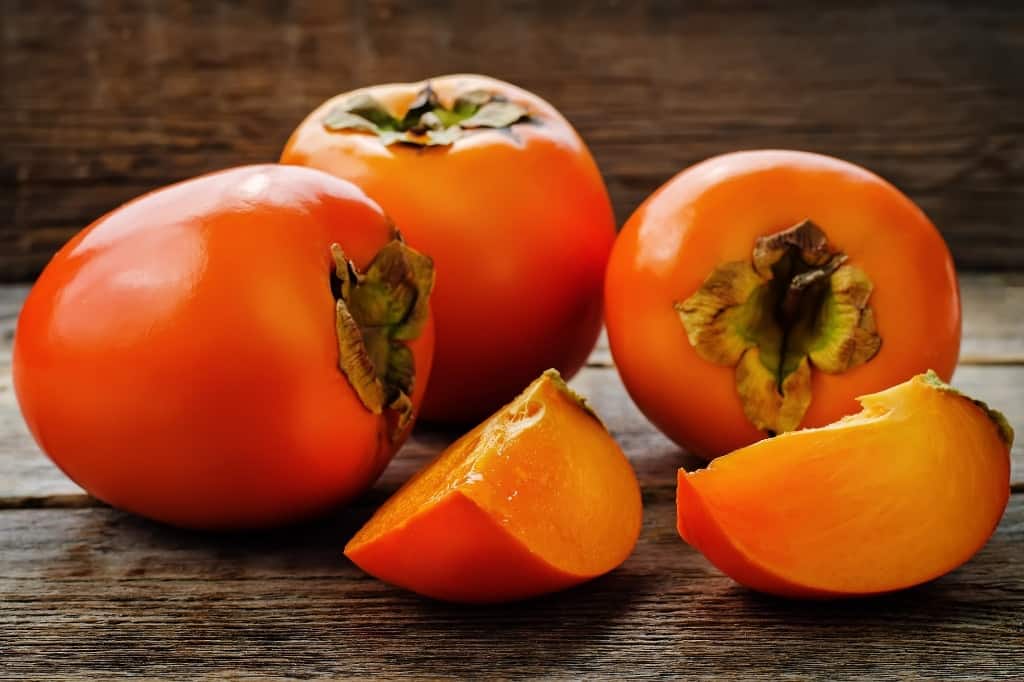
Persimmon: Also known as kaki fruit, persimmon is a fruit native to China and Japan. It has jelly-like flesh and orange-red skin.
Kumquat Fruit is high in vitamins A, C, and manganese.
Cantaloupe
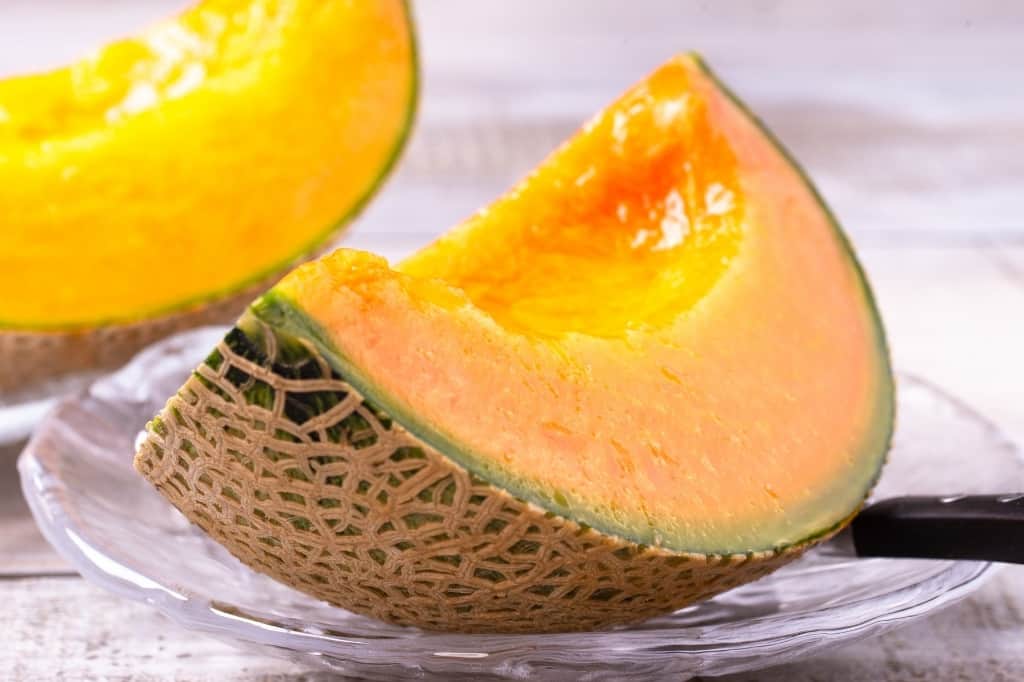
Cantaloupe: A delicious melon with sweet and pale pinkish-orange flesh, cantaloupe has a high fiber and water content.
It is considered a superfood due to its high vitamin and mineral content while being low in calories.
Sweet potato
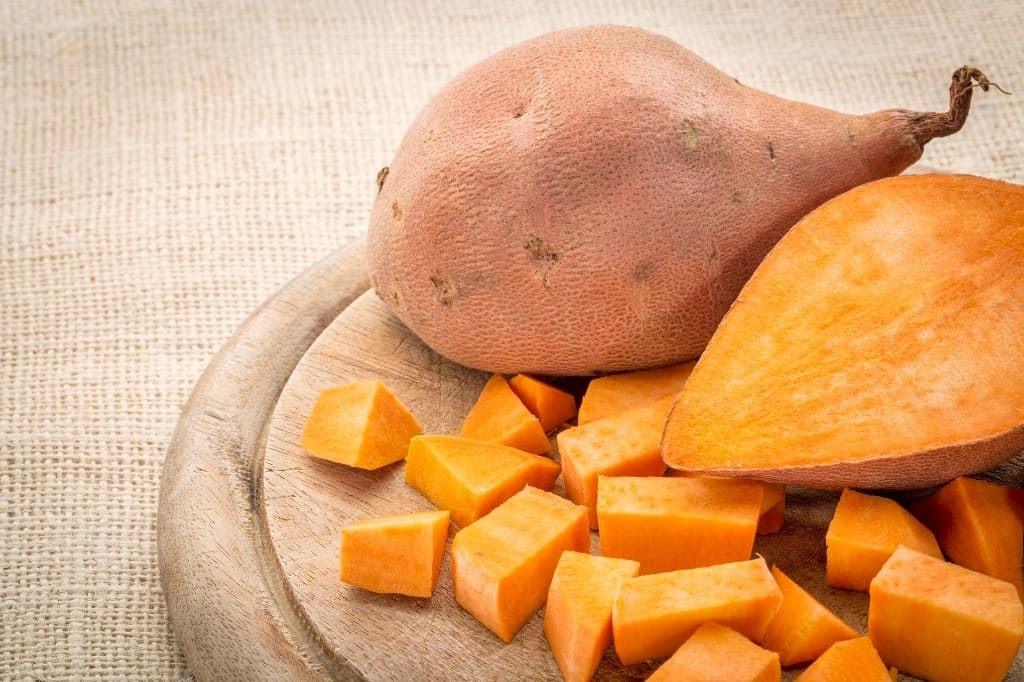
Sweet potato: A bright orange root vegetable related to butternut squash. It has a sugary-sweet flavor with nuttiness undertones.
Sweet potatoes come in wide varieties, the most well-known of which are Garnet and Yam. Their flesh is orange to yellowish-orange in color.
Sweet potatoes are among the healthiest orange foods.
Pumpkin

Pumpkin: Pumpkins, a winter squash cultivar, are round with smooth skin and range in color from deep yellow to orange. Pumpkin fruits are botanically classified as a type of berry known as pepo.
They are high in vitamins, minerals, and antioxidants (beta-carotene). It is said that eating pumpkin helps you sleep better. Pumpkins turn orange when they are ripe for the same reason that autumn leaves change color.
Essentially, pumpkins are one of the things that are orange due to the presence of carotenoids. Therefore, pumpkins are the most beneficial orange foods for urinary tract health.
Carrot
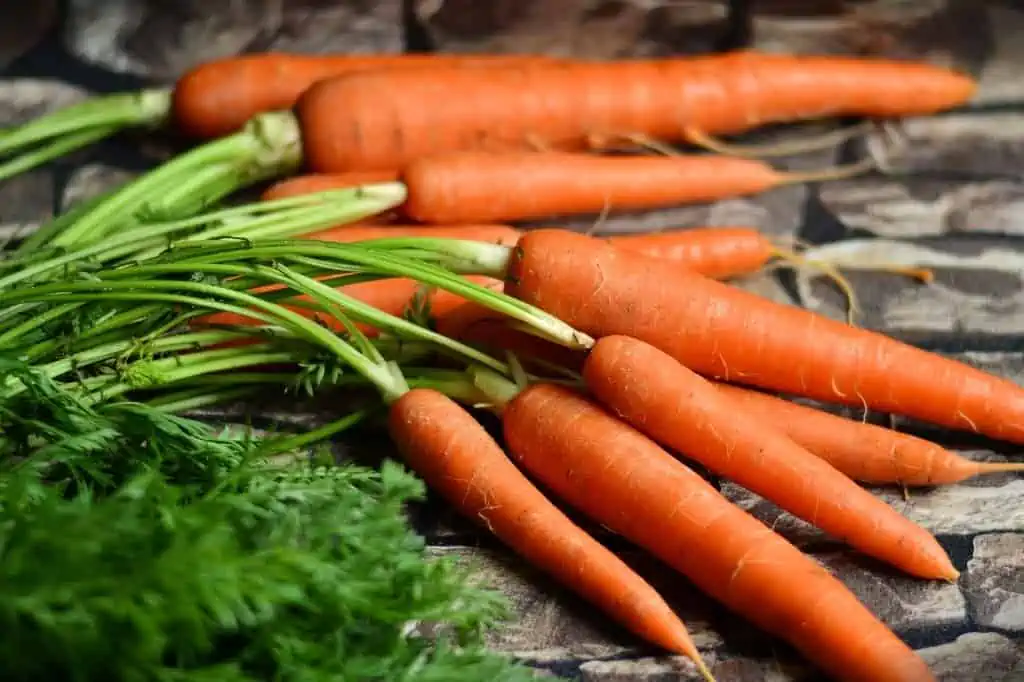
Carrot: A root vegetable that is typically orange in color, the carrot has been cultivated for approximately 5,000 years. They are high in beta-carotene, potassium, and vitamin K1.
It is one of the naturally orange things due to the presence of carotenoids, a natural pigment. Therefore, it is the most beta-carotene-rich orange food.
Butternut Squash
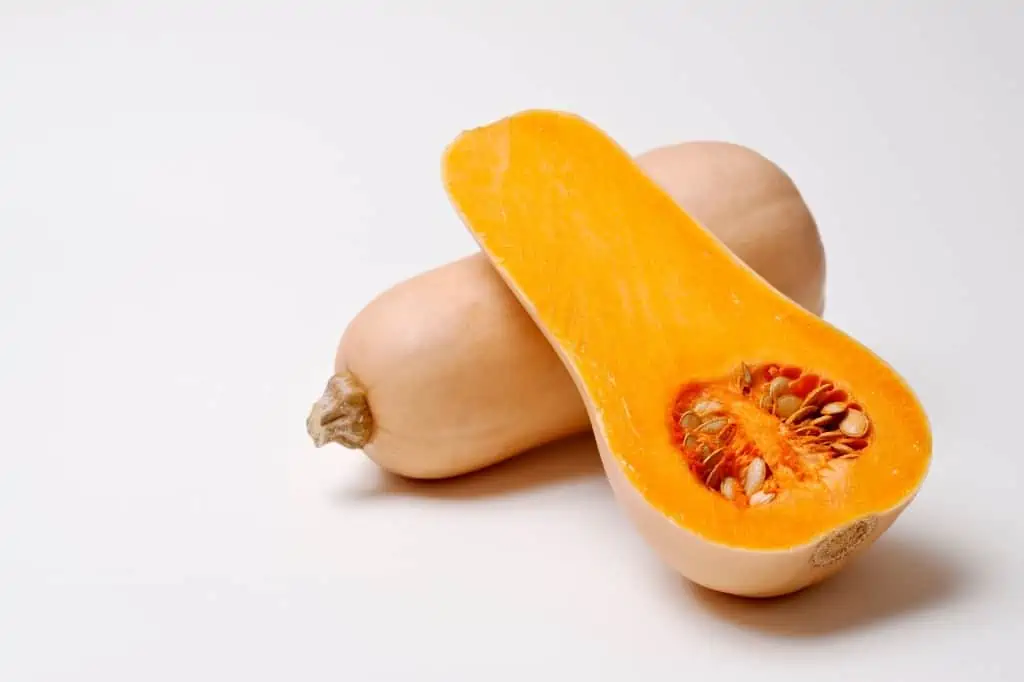
Butternut Squash: Butternut squash, also known as butternut pumpkin in Australia and New Zealand, is one of the most common varieties of winter squash. Its flesh is orange, smooth, and creamy in texture.
Butternut squash is considered a superfood because it is low in calories and high in fiber. Squash vegetables are the best orange foods for lowering the risk of heart disease and are thought to aid in cancer prevention.
Orange Bell Pepper
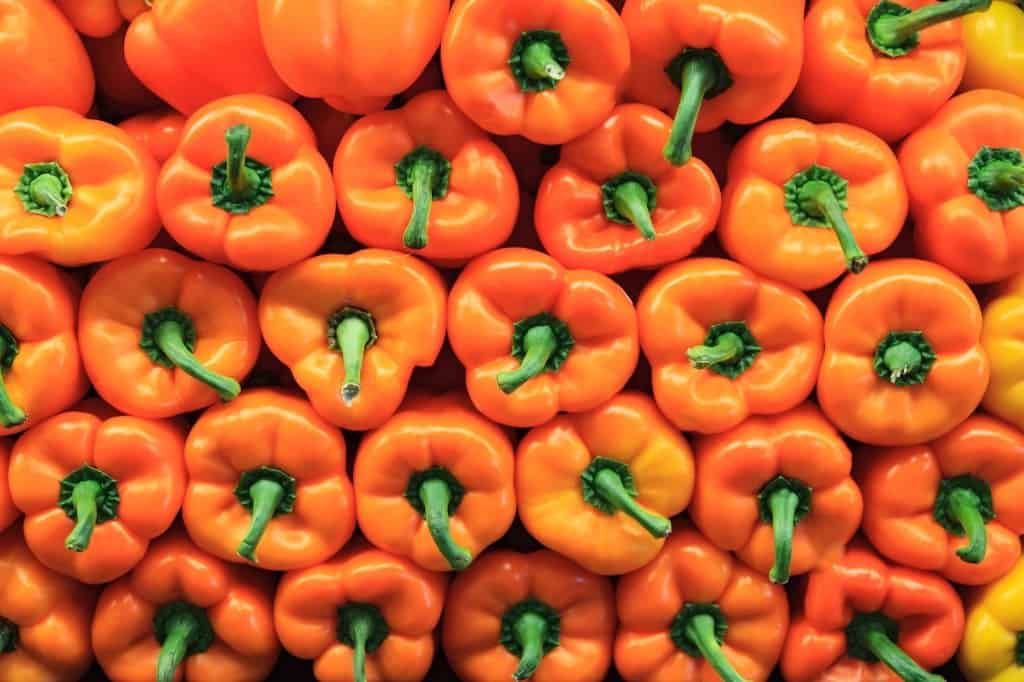
Orange Bell Pepper: Orange bell peppers are green at first, but as they ripen, they turn yellow and orange. They turn red when they are fully ripe. Orange bell peppers are high in vitamins A, C, and potassium.
Salmon Flesh
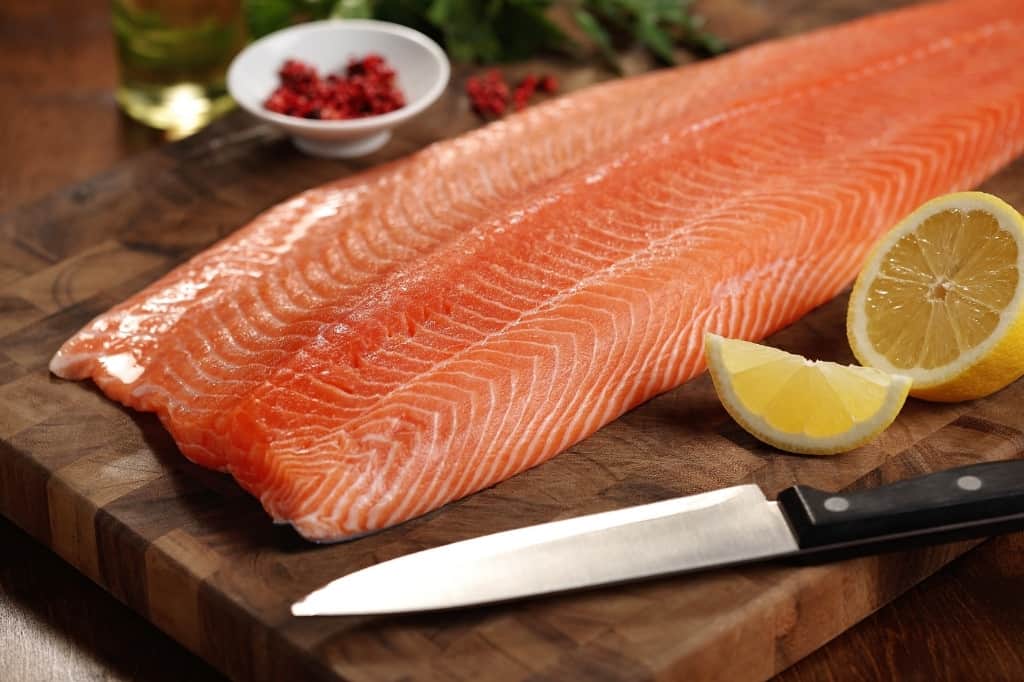
Salmon Flesh: Salmon flesh is usually orange to red in color because of the carotenoid pigments it gets from eating krill and tiny shellfish. It contains a lot of protein, good fats, vitamins, and minerals.
Turmeric

Turmeric: Turmeric, a nutritious root vegetable, has been used as a spice in Asian cultures for over 4,000 years. It has orange-brown to reddish-yellow flesh.
This vegetable is the source of the well-known spice of the same name. It has a gingery, peppery flavor, and many health benefits.
Orange Animals
Ginger Cat

Ginger Cat: The ginger cat is a playful breed of solid orange cat with tabby markings.
Females are uncommon due to the orange genes: they have both a dominant and recessive ‘o’ gene. Only female ginger cats can pass on this gene.
They are among the most friendly and affectionate orange animals.
Monarch Butterfly

Monarch Butterfly: Another interesting orange thing, the monarch butterfly, is one of the world’s most studied butterflies. Their wings are bright orange with black borders.
Males can be identified by two black spots in the center of their hind wings.
Orange Lobster
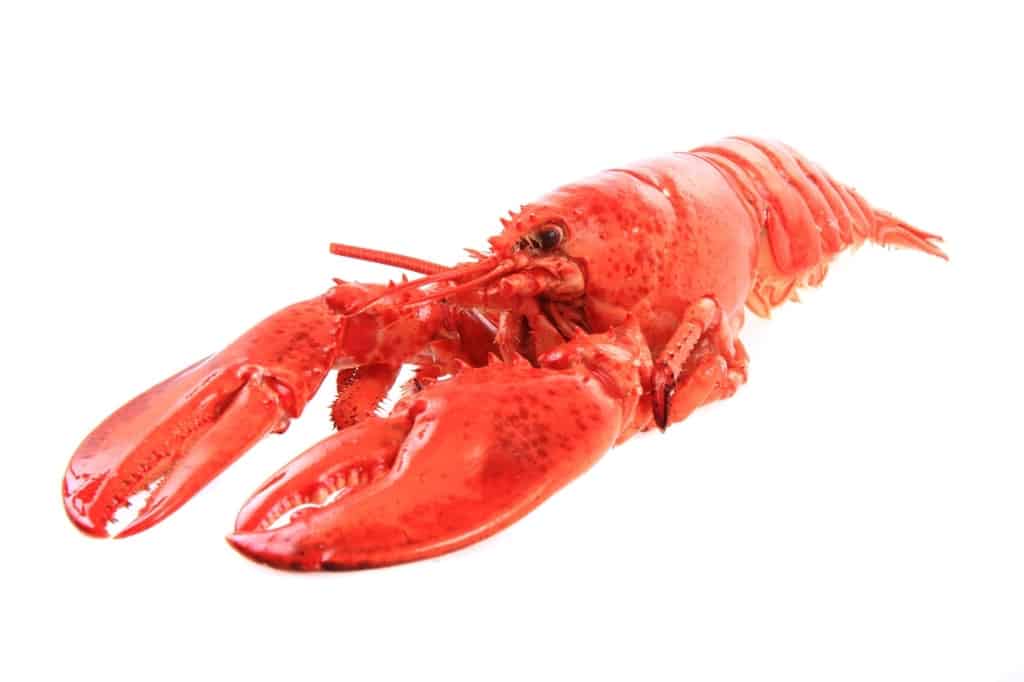
Orange Lobster: The chances of seeing an orange lobster are one in 30 million.
Orange lobsters are orange because they consume a pigment that, when combined with their genetic pigment, results in their orange coloration.
Garibaldi Fish

Garibaldi Fish: Also known as Catalina goldfish, the garibaldi fish is California’s state fish. Garibaldi fish get their orange color from their diet.
Bearded Dragon
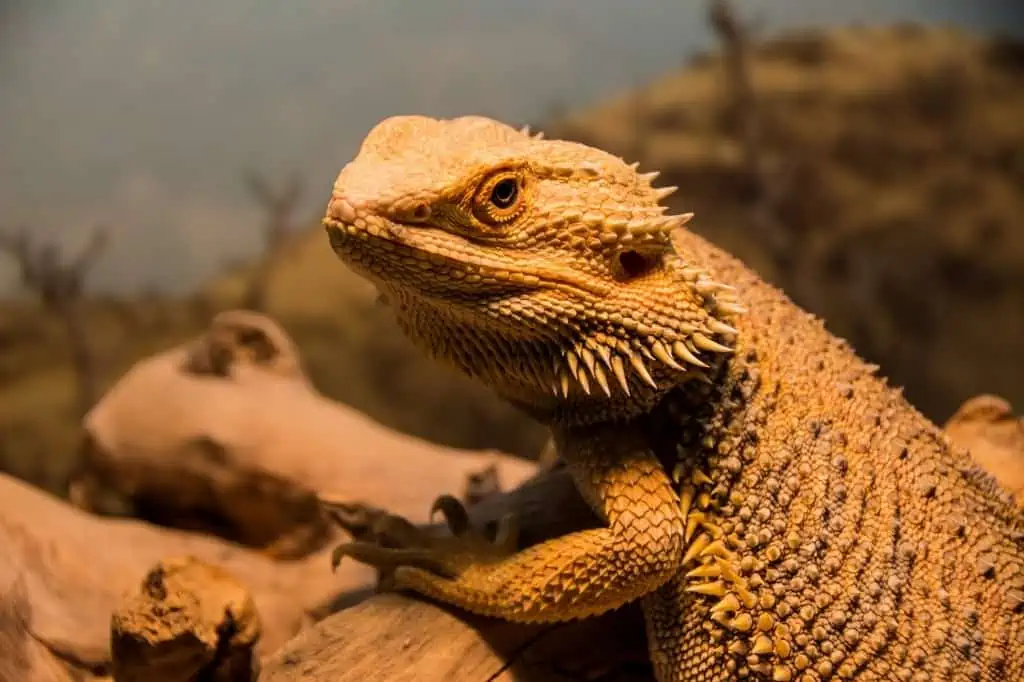
Bearded Dragon: This spiny reptilian has a spiked beard and comes in a variety of colors, including orange, yellow, purple, and white. It is native to Australia’s central and southern regions.
Japanese Spider Crab
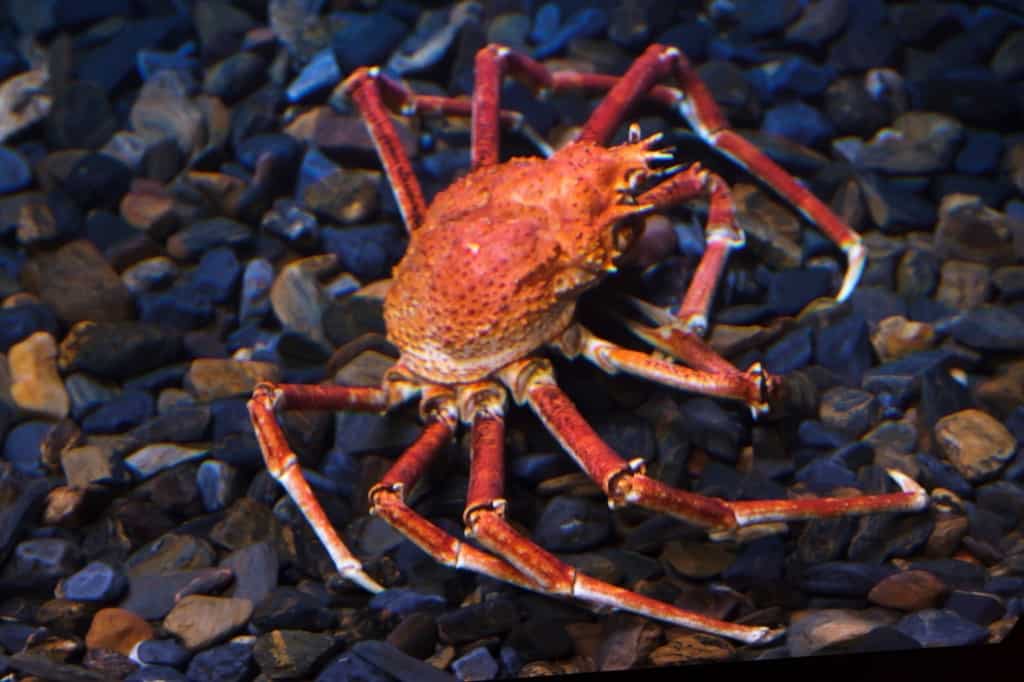
Japanese Spider Crab: The Japanese spider crab is a marine crab native to Japan and Taiwan with the longest leg span of any arthropod. Its name refers to its resemblance to a spider.
It is indigenous to Japan and Taiwan. It has a ferocious appearance and is one of the most interesting orange things.
Emperor Shrimp
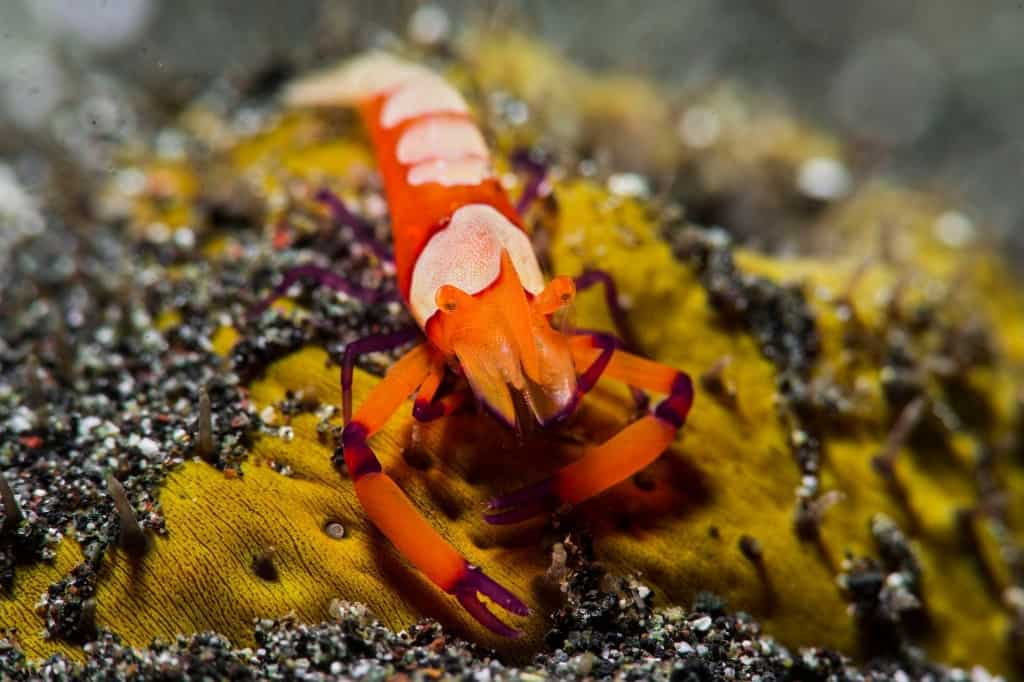
Emperor Shrimp: A small, colossal shrimp with orange sides, the emperor shrimp is easily identified. It grows to about 3/4 inch in length on average.
Red Eft
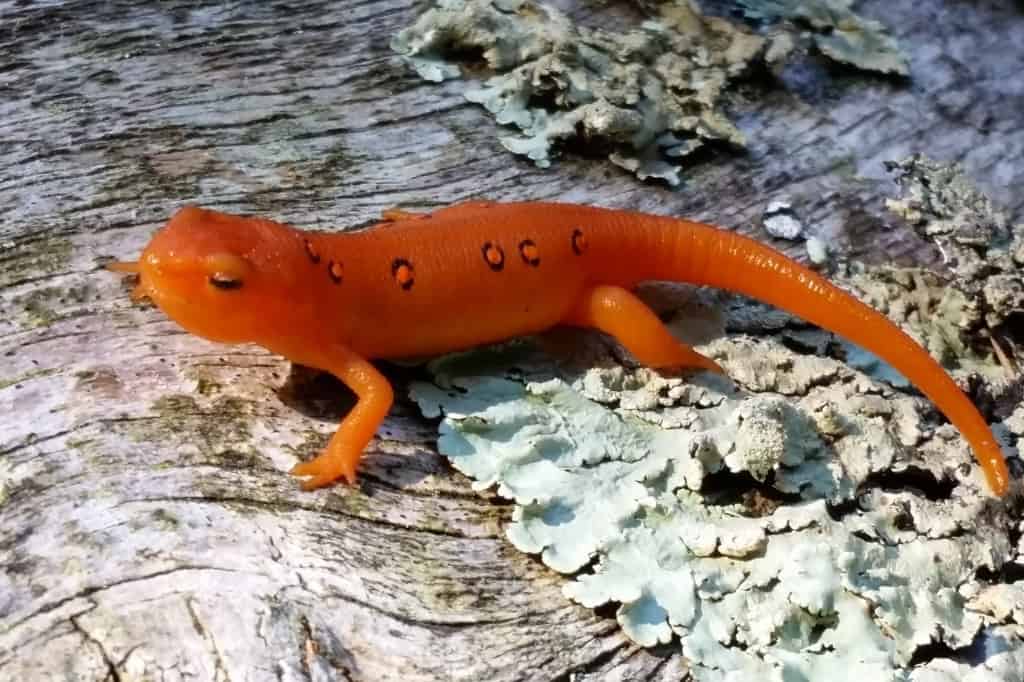
Red Eft: One of the red-orange things, the red eft is a common newt native to North America with reddish-orange skin and a life span of up to 3 years.
They are not toxic to humans, but their skin is toxic to animals.
Red Fox
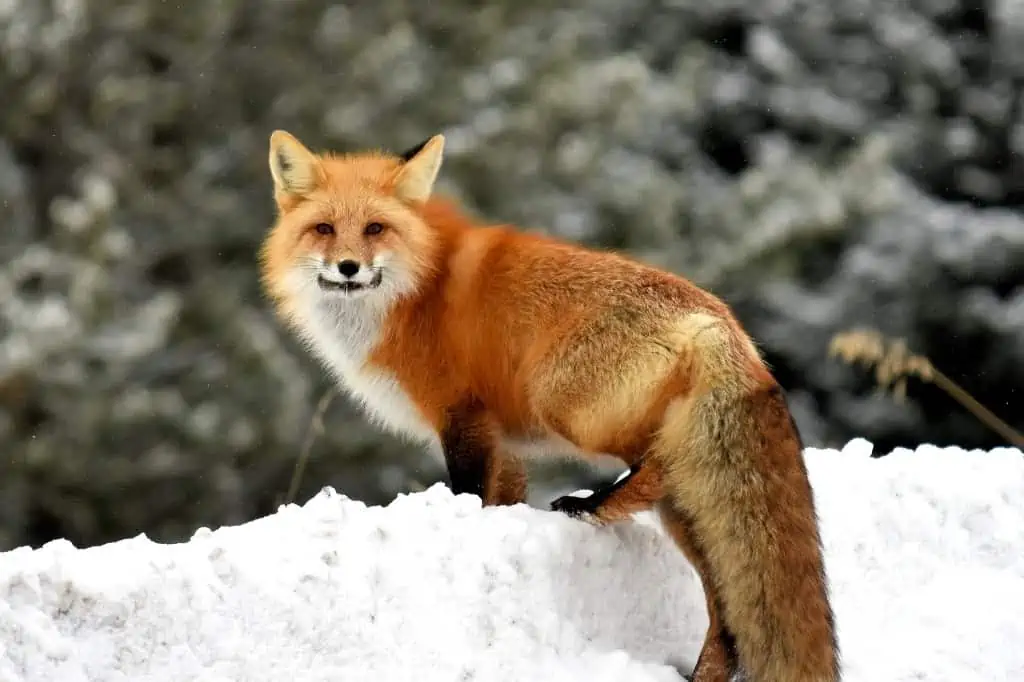
Red Fox: The red fox is the world’s largest and most common mammal, distinguished by its fluffy white-tipped tail and red-orange appearance.
The population in North America has shrunk to less than 20 people.
Spot-Breasted Oriole
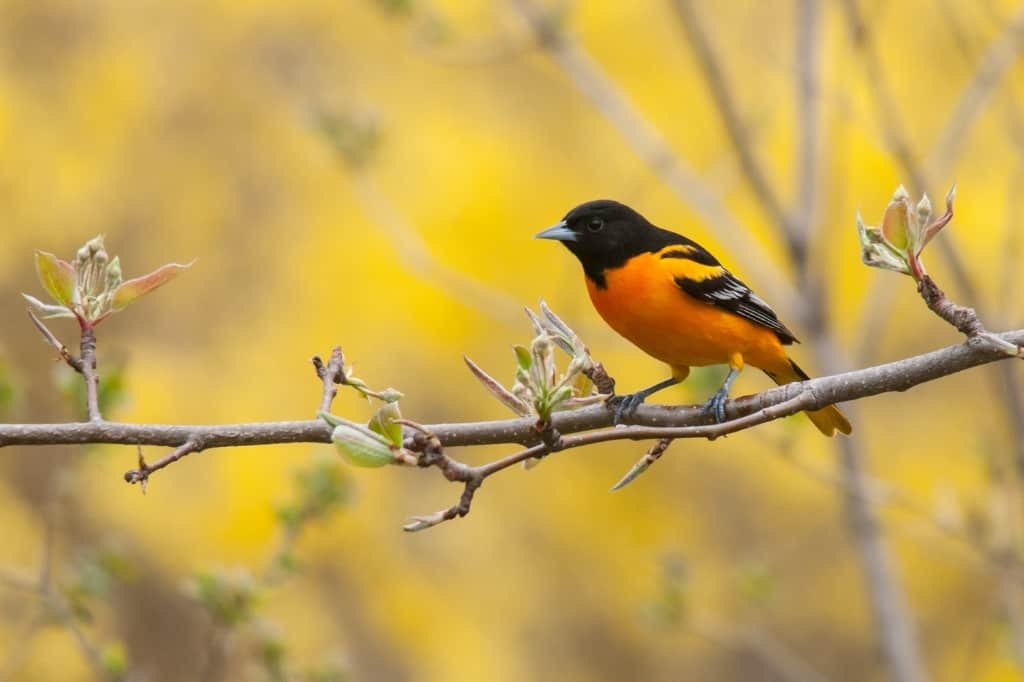
Spot-Breasted Oriole: This mid-sized orange-and-black oriole is native to southwestern Mexico and Central America.
Its bright orange coloration with black spotting on the breast makes it one of the most beautiful orange birds.
Brazilian Rainbow Boa
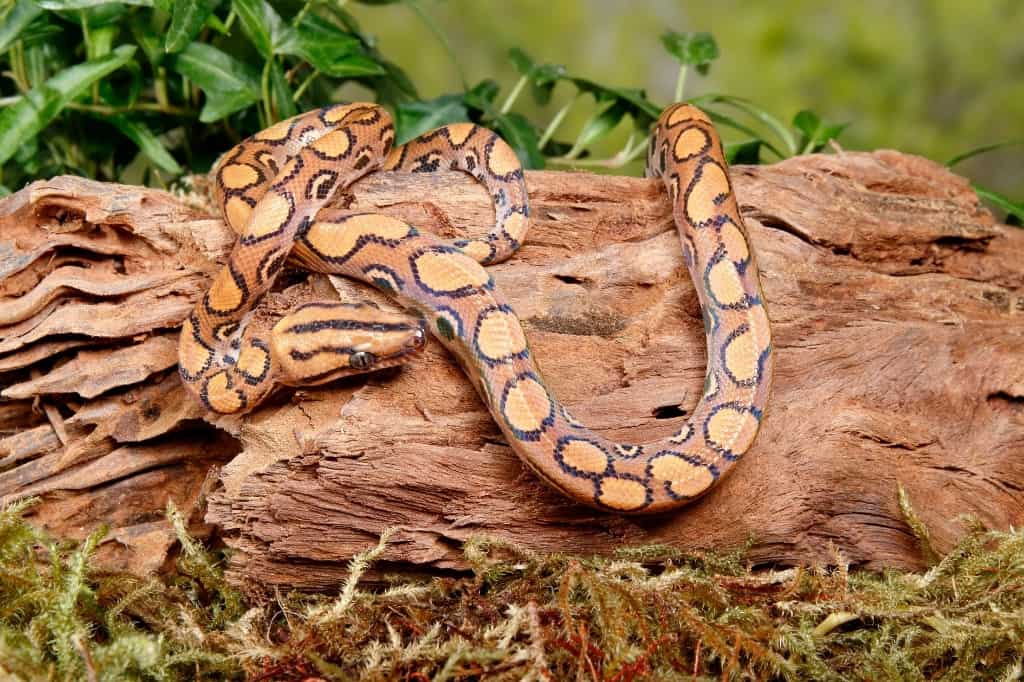
Brazilian Rainbow Boa: The Brazilian rainbow boa is a medium-sized non-venomous snake native to Central and South America that ranges in color from red and orange to mahogany brown.
Strawberry Poison Dart Frog
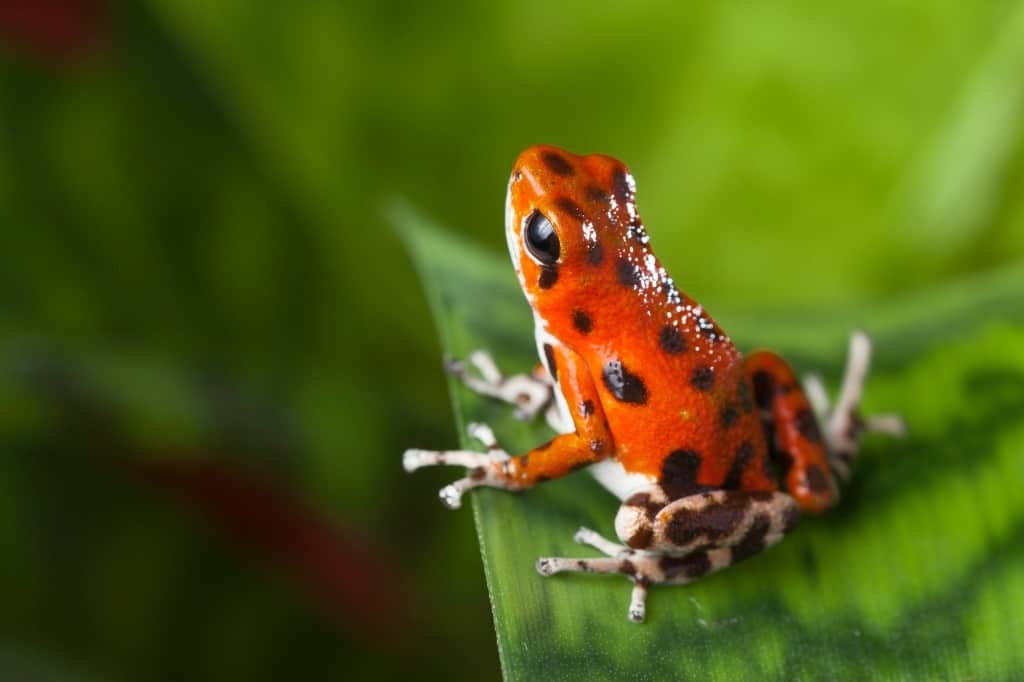
Strawberry Poison Dart Frog: Also known as the blue jeans poison frog, this frog is well-known for its extensive color variation.
Strawberry poison dart frog morphs that are orange in color and live in Panama and Costa Rica can be of several types Solarte, Bastimentos, and El Dorado.
Bengal Tiger

Bengal Tiger: Bengal tigers, also known as Indian tigers, are the second largest tiger species and are native to India.
They are the most common tiger, accounting for half of all tiger populations. Their brownish-orange coloring aids in camouflage in the jungle.
Bengal tigers are the strongest orange animals.
Red Squirrel
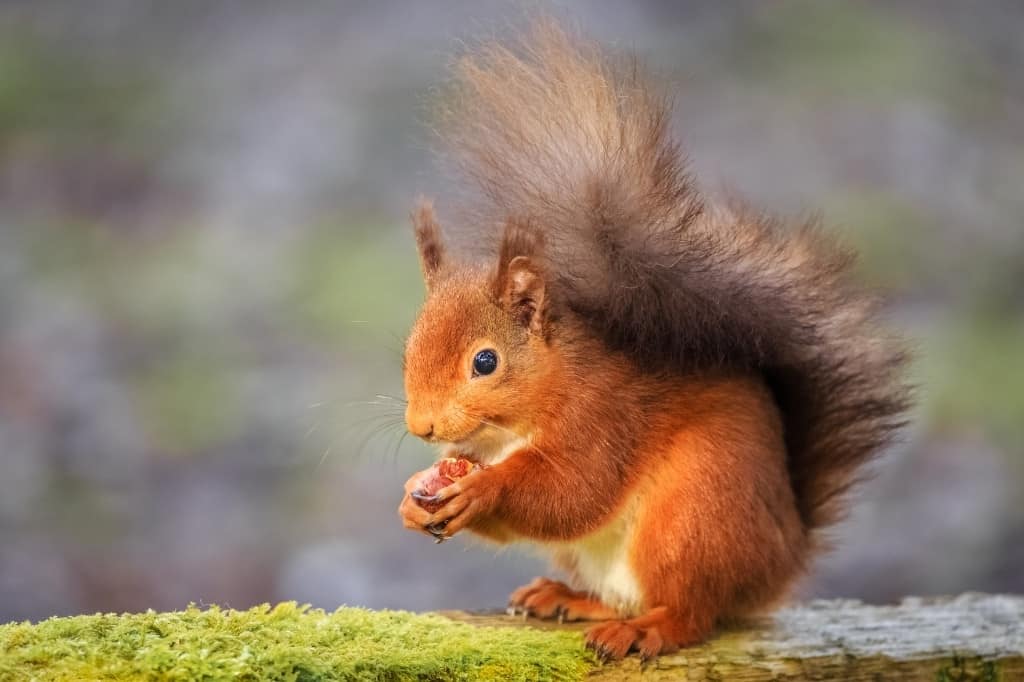
Red Squirrel: The adorable red squirrels are native to Europe and Asia and are known for their orange-red fur. They eat hazelnuts, ripe acorns, seeds, fungus, and bark and are vegetarians.
Their population is estimated to be less than 140,000 people. A squirrel has a three-year lifespan on average.
Cock-of-the-Rock
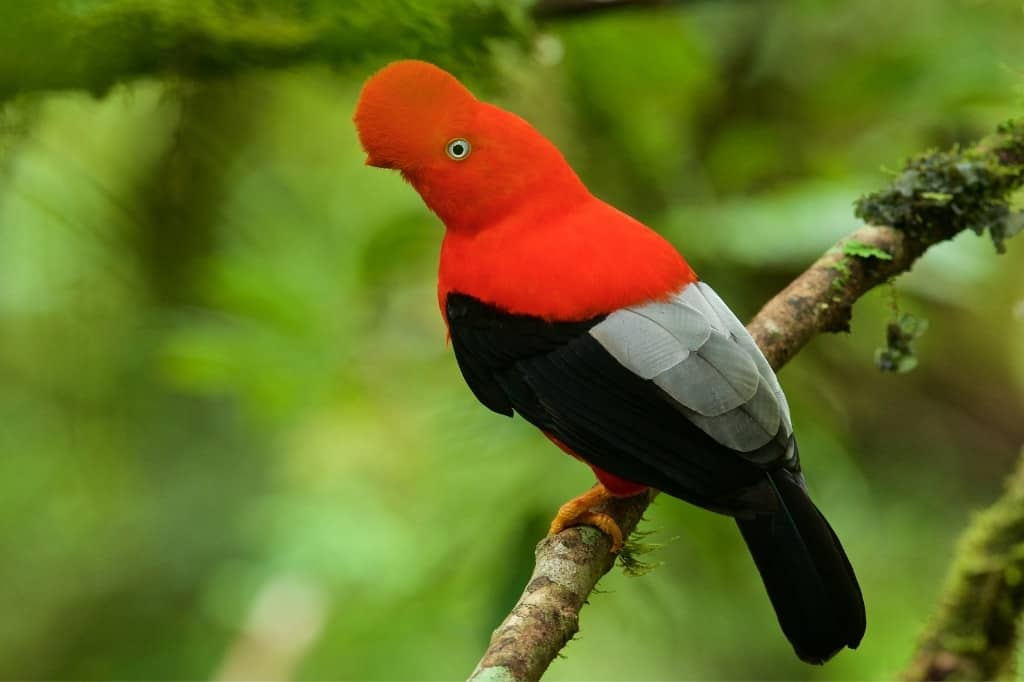
Cock-of-the-Rock: The cock-of-the-rock birds are large cotingid birds with bright red-orange plumage and black-and-white wings. They are indigenous to South America. It is one of the most intriguing orange birds.
Things That Are Orange in Nature
So there are many orange things in nature, ranging from gemstones to animals, plants, and foods.
Orange foods are very healthy because they contain beta-carotene, an orange pigment that acts as an antioxidant.
We hope our list of orange things in nature has helped you discover that, while orange is not a common color in nature, it is abundant.

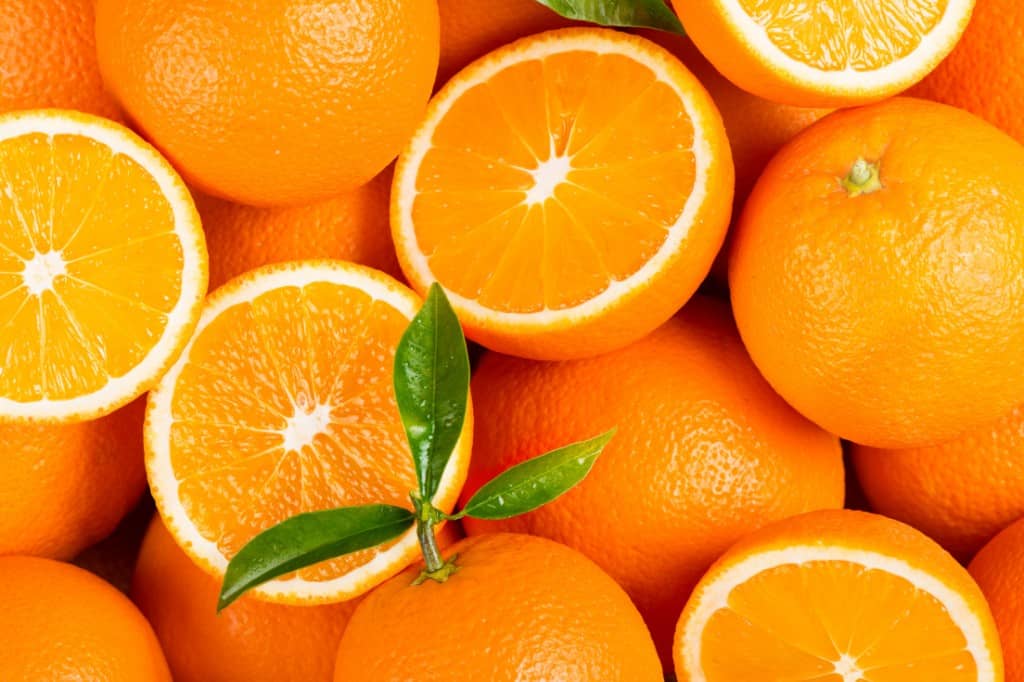
Very good blog post. I absolutely appreciate this website. Keep it up!
Having read this I believed it was very enlightening. I appreciate you finding the time and effort to put this article together. I once again find myself spending a lot of time both reading and leaving comments. But so what, it was still worth it!